Nomad Launches iPhone Wallet With Find My Integration
Nomad today announced the launch of the Leather Mag Wallet for iPhone, which includes an integrated Tracking Card that works with Apple's Find My app.
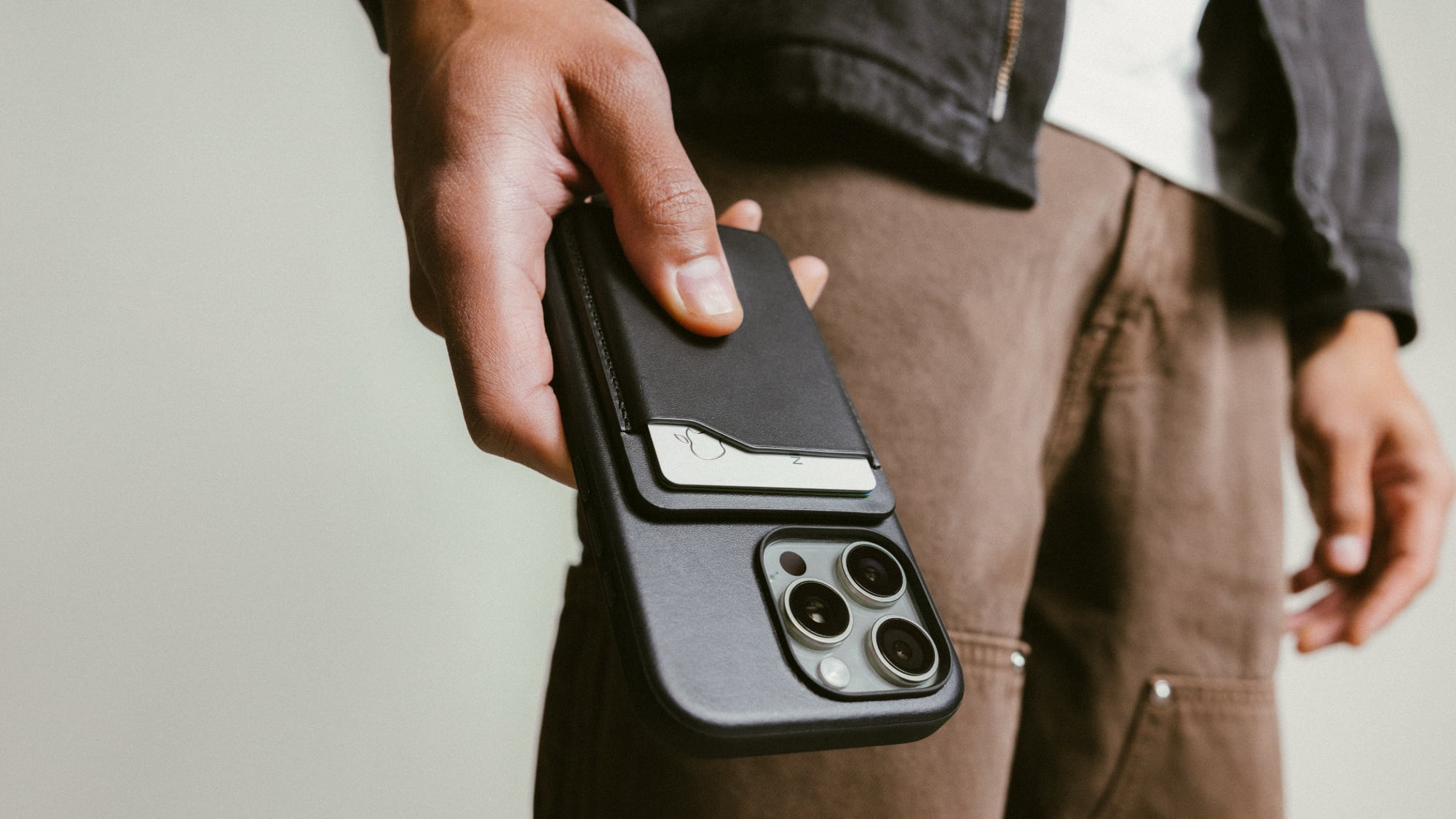
The Leather Mag Wallet attaches to the back of a MagSafe iPhone using a magnetic connection, and it serves as an alternative to Apple's own Leather Wallet with MagSafe. Nomad made the wallet from vegetable-tanned Horween leather that will develop a unique patina over time.
Nomad's Mag Wallet is able to hold up to four standard credit cards, and it connects to Find My so if it comes off of the iPhone and is lost, it can be found with the Find My app. Find My network integration is included, so if you are out of range, it will be able to connect to Apple products owned by others to relay its location. Find My also includes features for playing a sound and getting a notification when the wallet is left behind.
There is a rechargeable battery inside and the Mag Wallet can be charged using any Qi or MagSafe charger. The battery lasts for up to five months. The wallet can be attached to any MagSafe iPhone or iPhone in a MagSafe case, and it comes in black and brown colors.
The Leather Mag Wallet can be purchased from the Nomad website for $79.
This article, "Nomad Launches iPhone Wallet With Find My Integration" first appeared on MacRumors.com
Discuss this article in our forums

The Leather Mag Wallet attaches to the back of a MagSafe iPhone using a magnetic connection, and it serves as an alternative to Apple's own Leather Wallet with MagSafe. Nomad made the wallet from vegetable-tanned Horween leather that will develop a unique patina over time.
Nomad's Mag Wallet is able to hold up to four standard credit cards, and it connects to Find My so if it comes off of the iPhone and is lost, it can be found with the Find My app. Find My network integration is included, so if you are out of range, it will be able to connect to Apple products owned by others to relay its location. Find My also includes features for playing a sound and getting a notification when the wallet is left behind.
There is a rechargeable battery inside and the Mag Wallet can be charged using any Qi or MagSafe charger. The battery lasts for up to five months. The wallet can be attached to any MagSafe iPhone or iPhone in a MagSafe case, and it comes in black and brown colors.
The Leather Mag Wallet can be purchased from the Nomad website for $79.
Tag: Nomad
This article, "Nomad Launches iPhone Wallet With Find My Integration" first appeared on MacRumors.com
Discuss this article in our forums
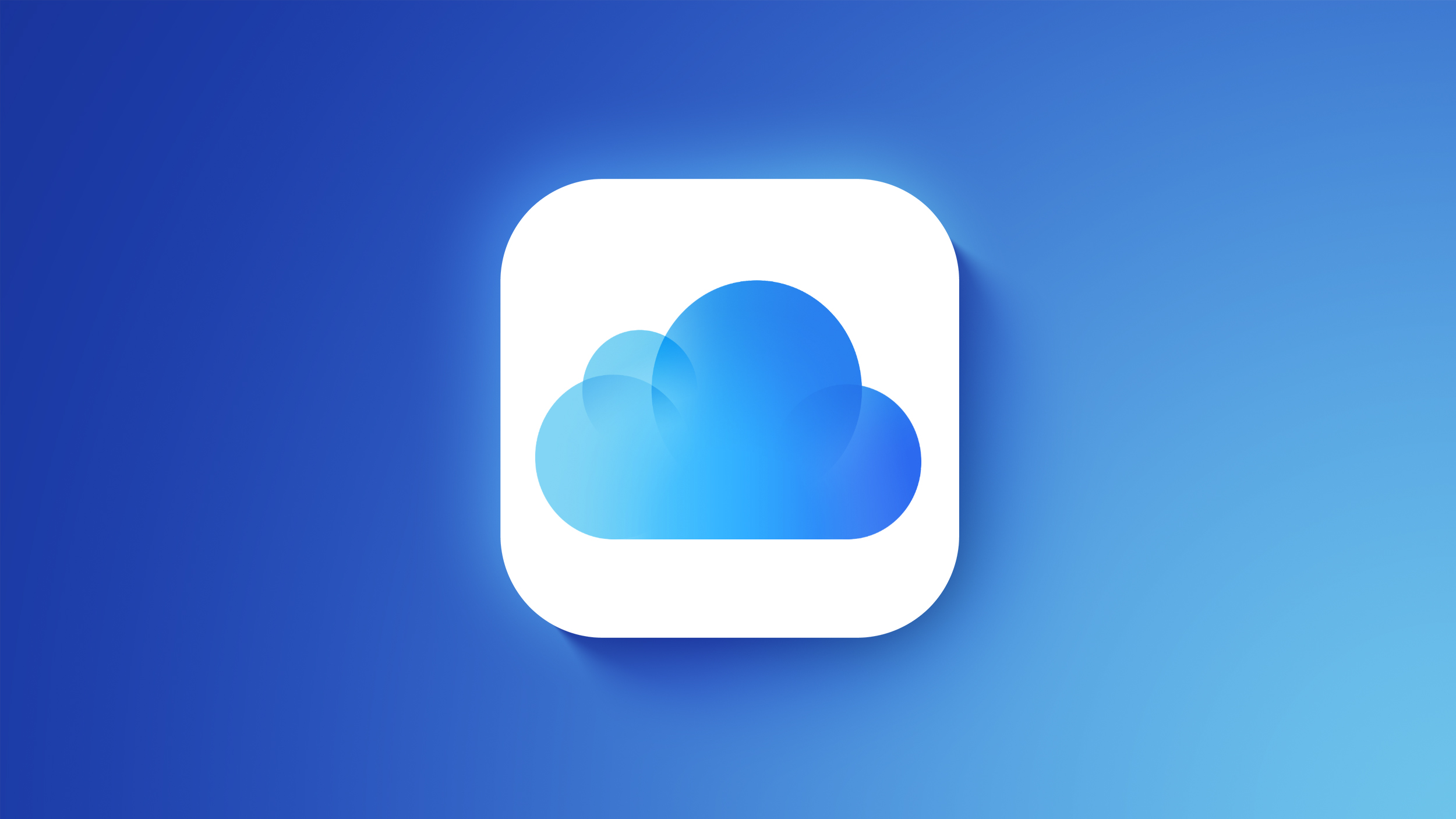



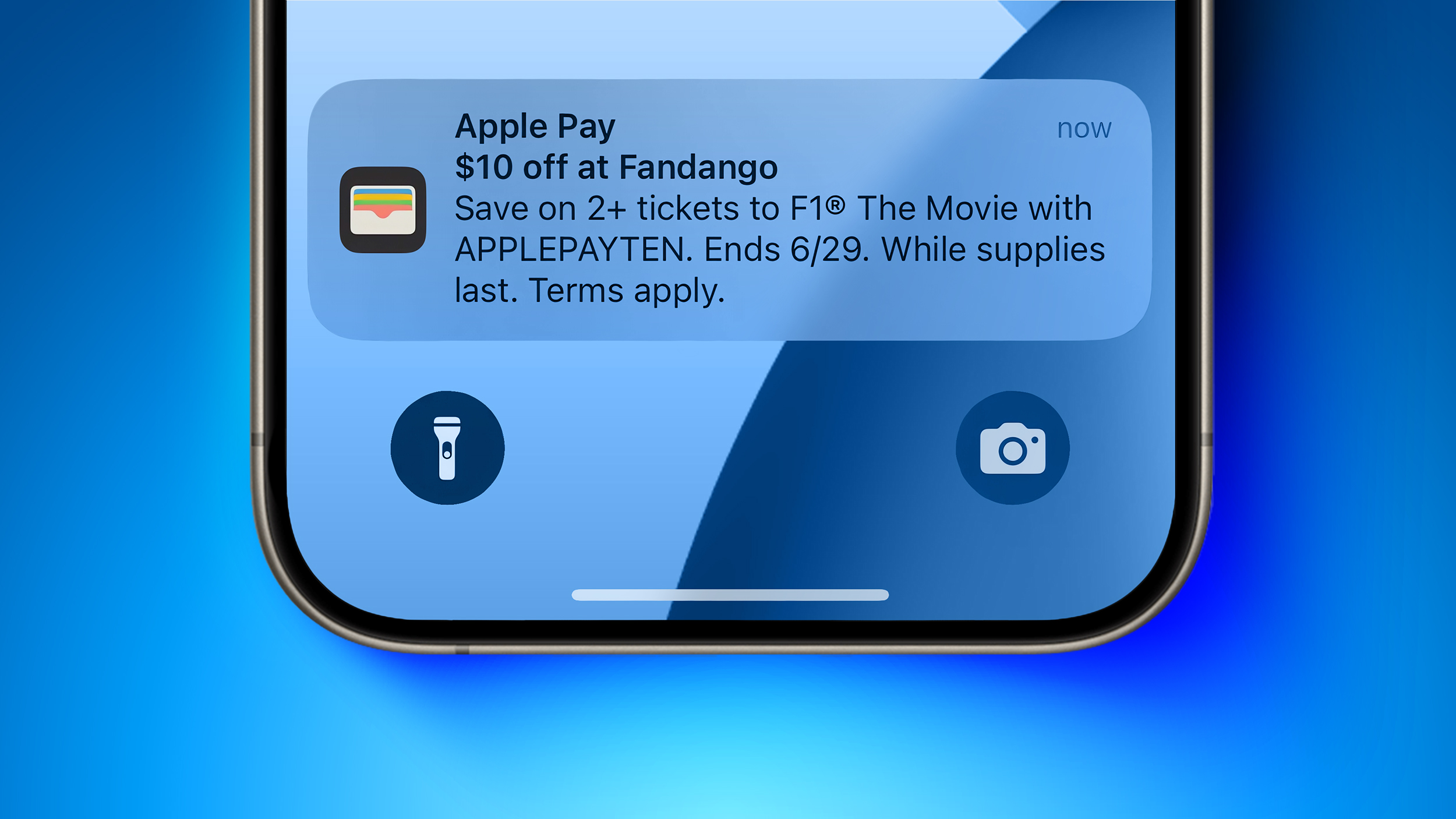
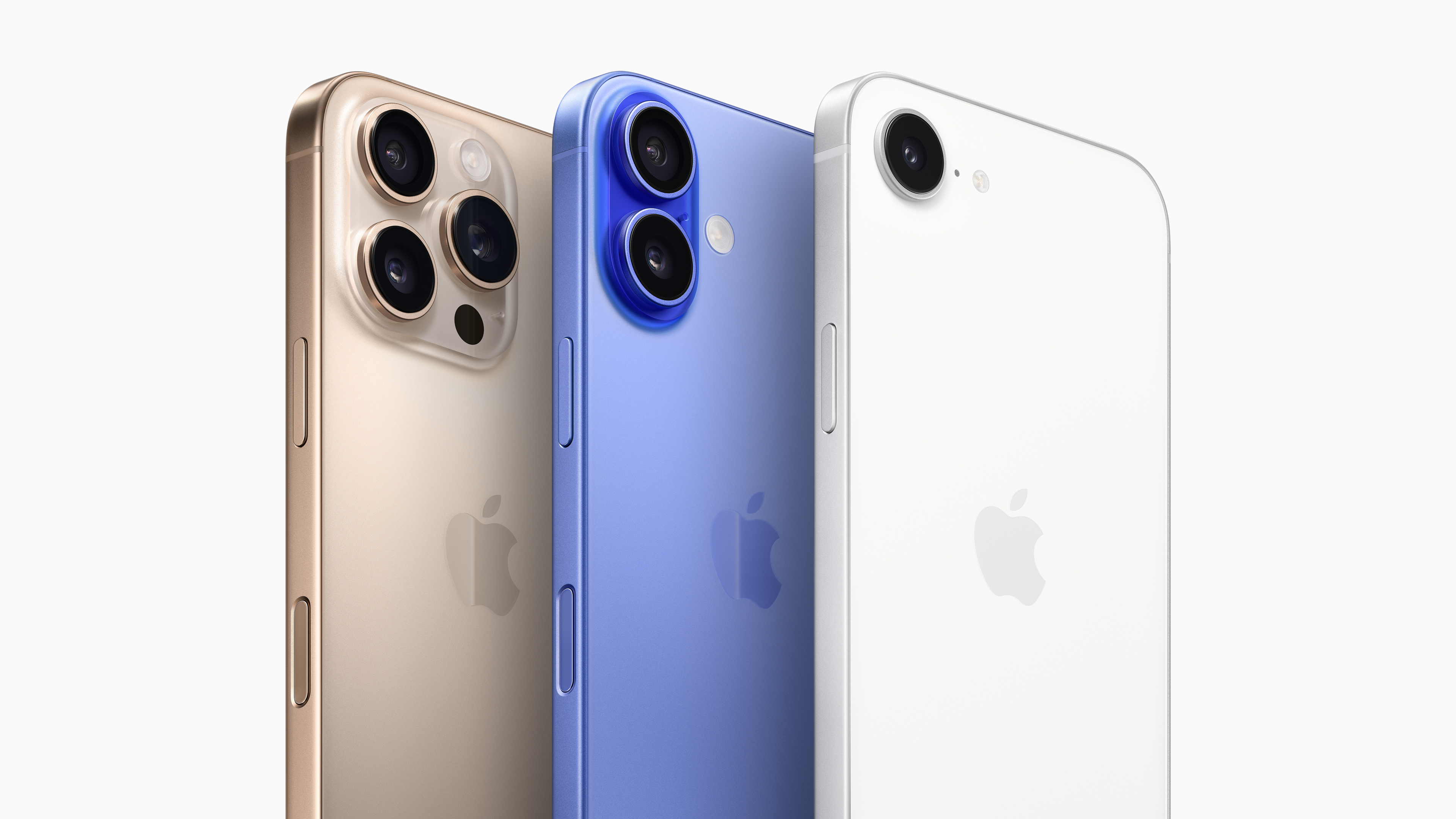

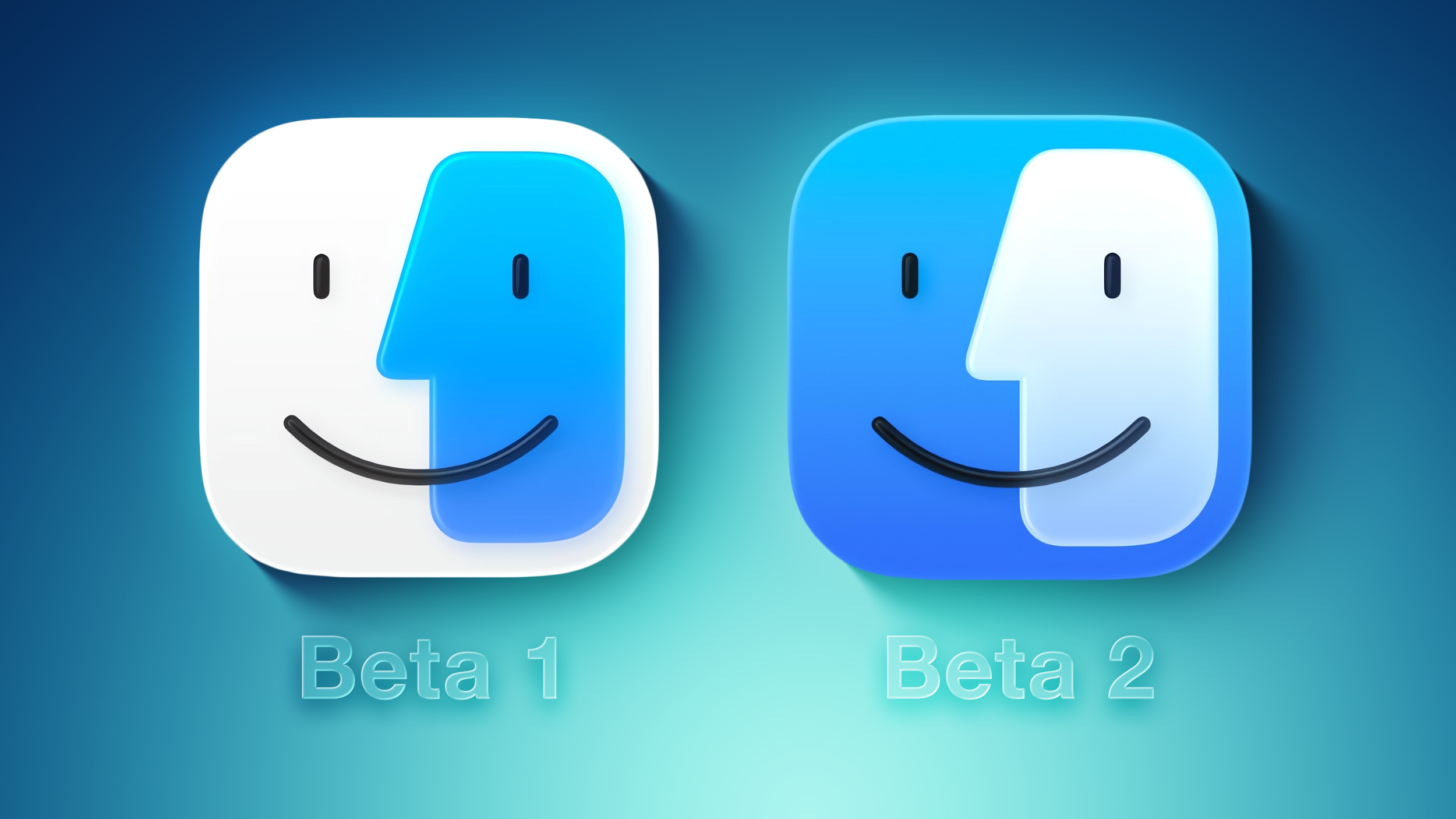

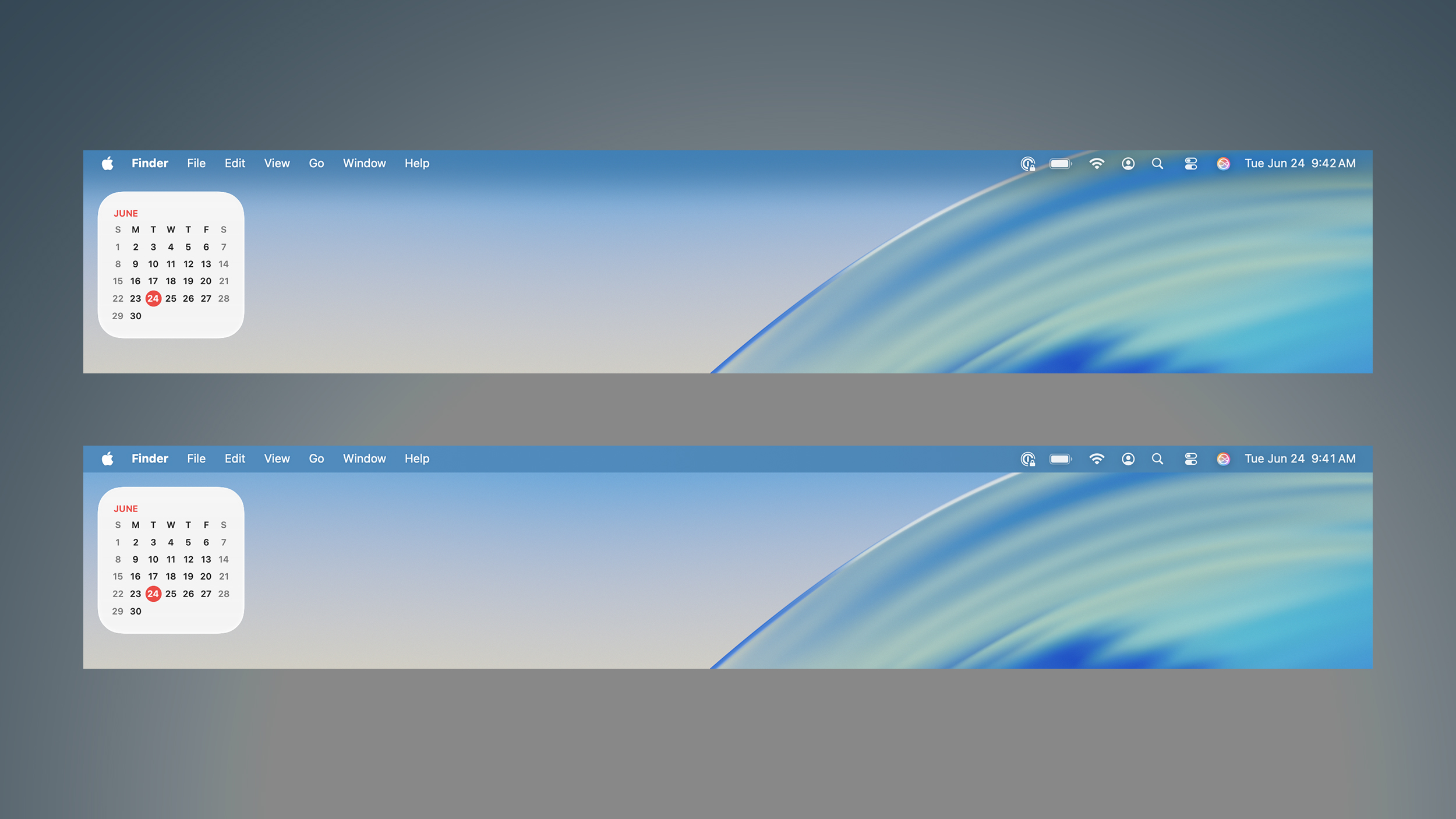
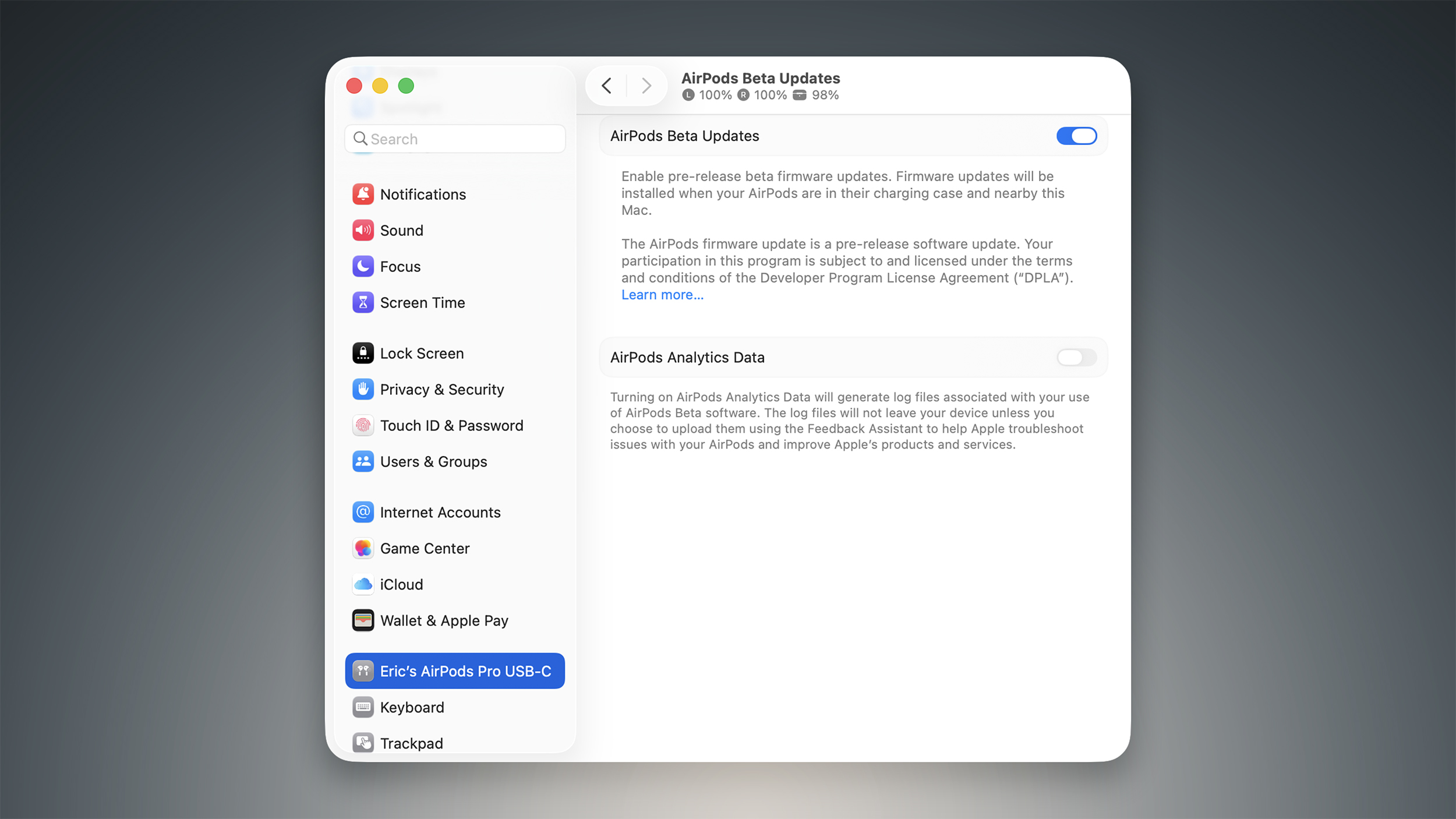
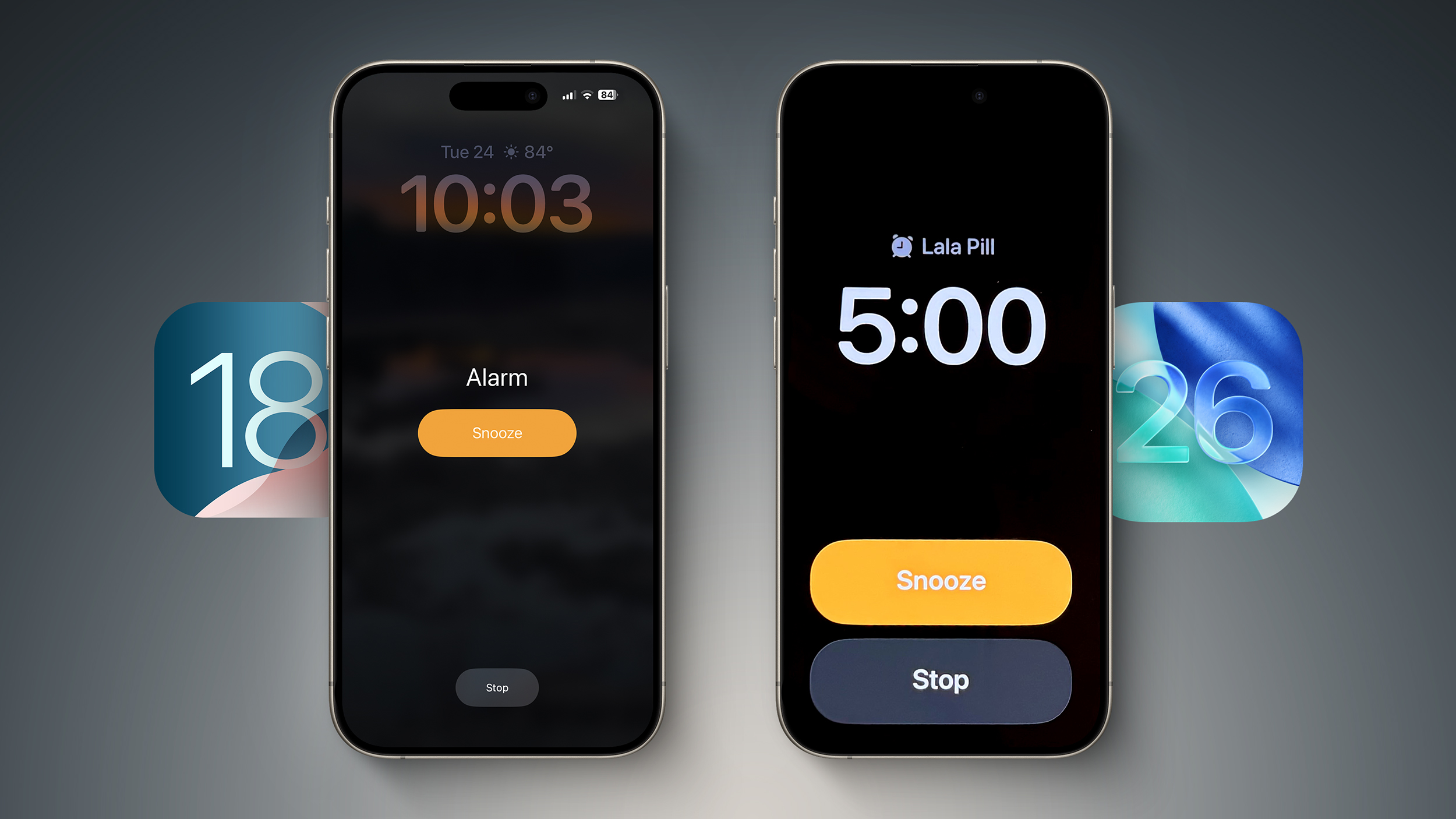

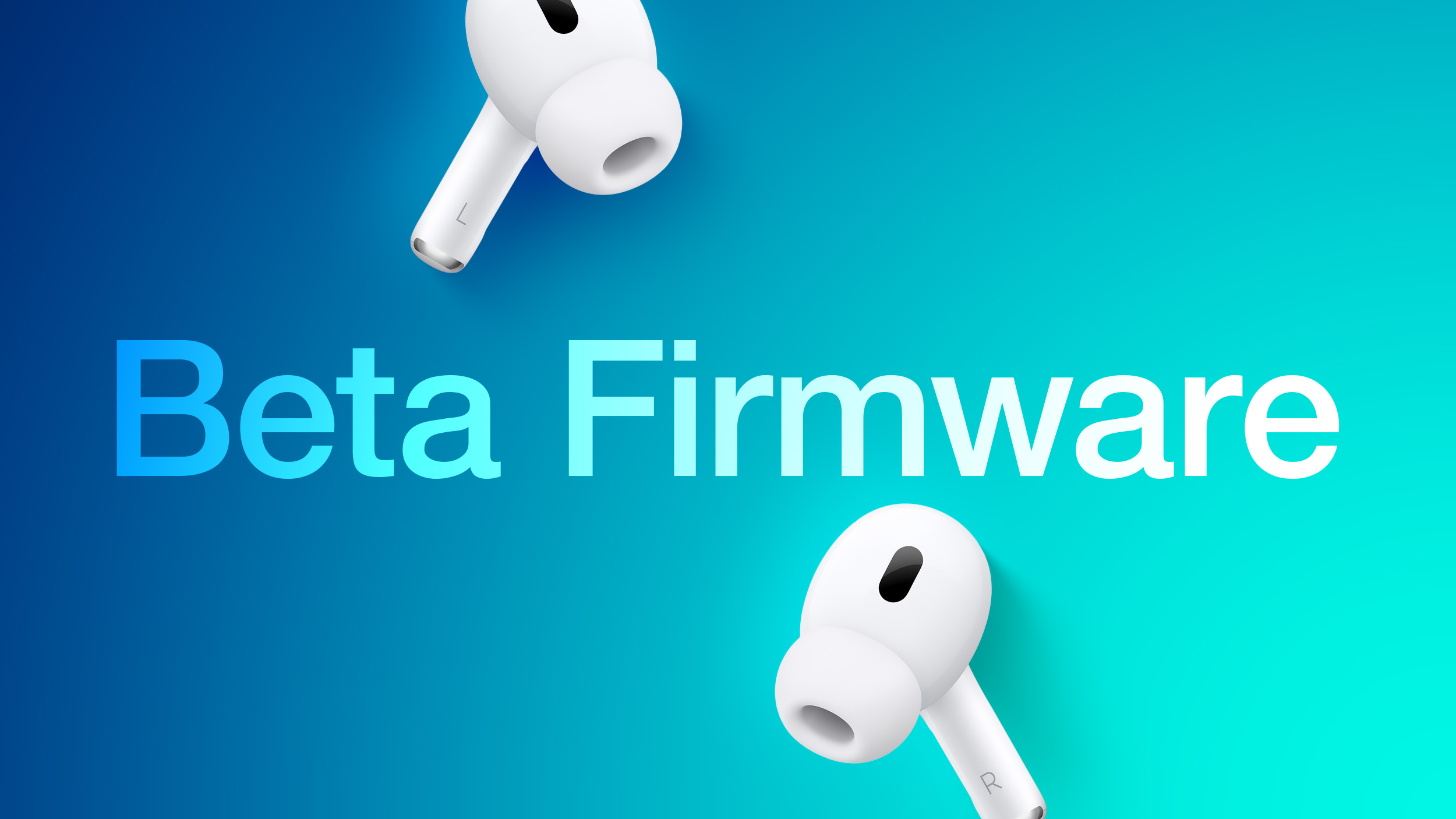
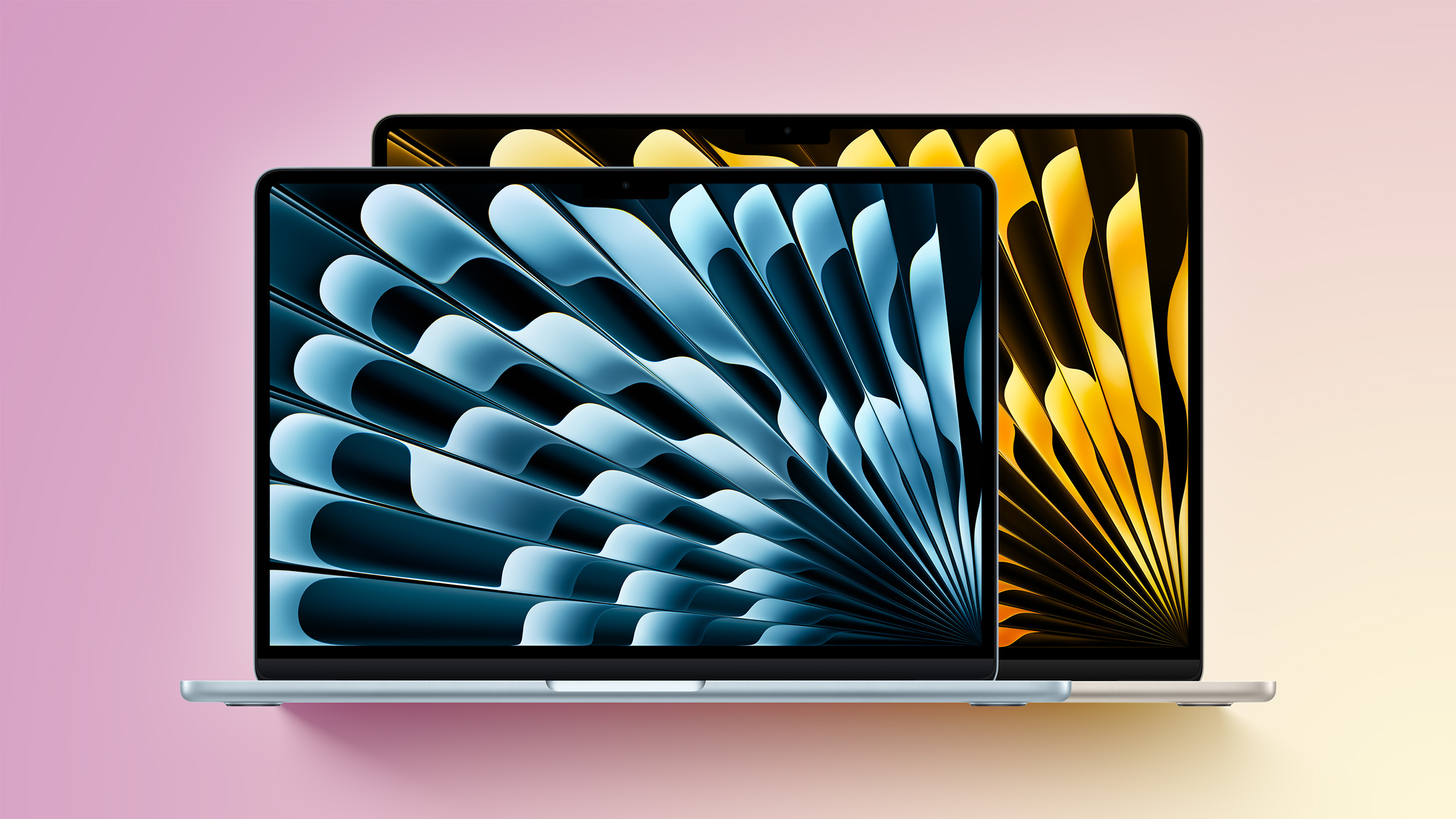 Note: MacRumors is an affiliate partner with some of these vendors. When you click a link and make a purchase, we may receive a small payment, which helps us keep the site running.
Note: MacRumors is an affiliate partner with some of these vendors. When you click a link and make a purchase, we may receive a small payment, which helps us keep the site running.

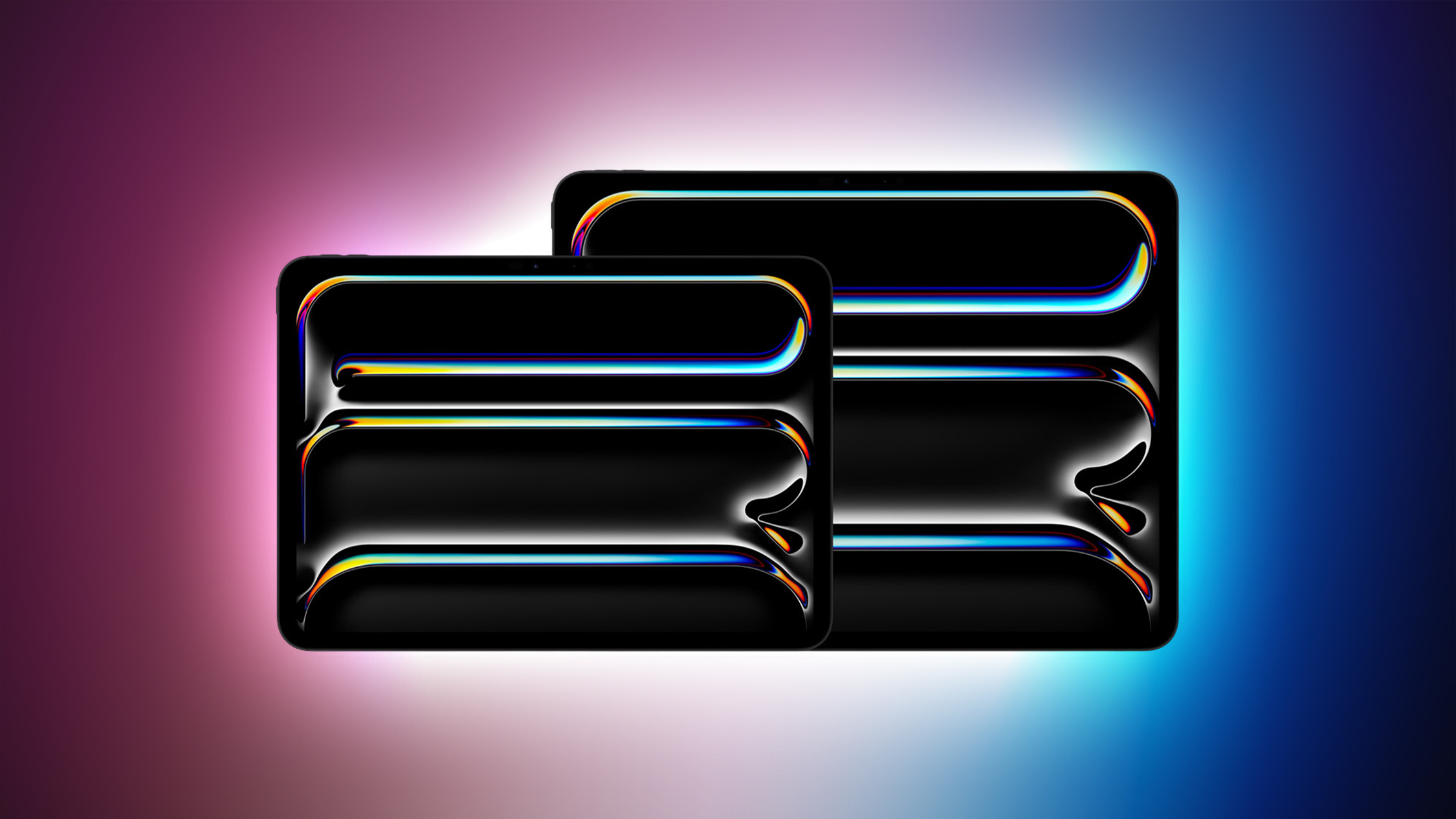

 iOS 26 beta 1 on left, iOS 26 beta 2 on right
iOS 26 beta 1 on left, iOS 26 beta 2 on right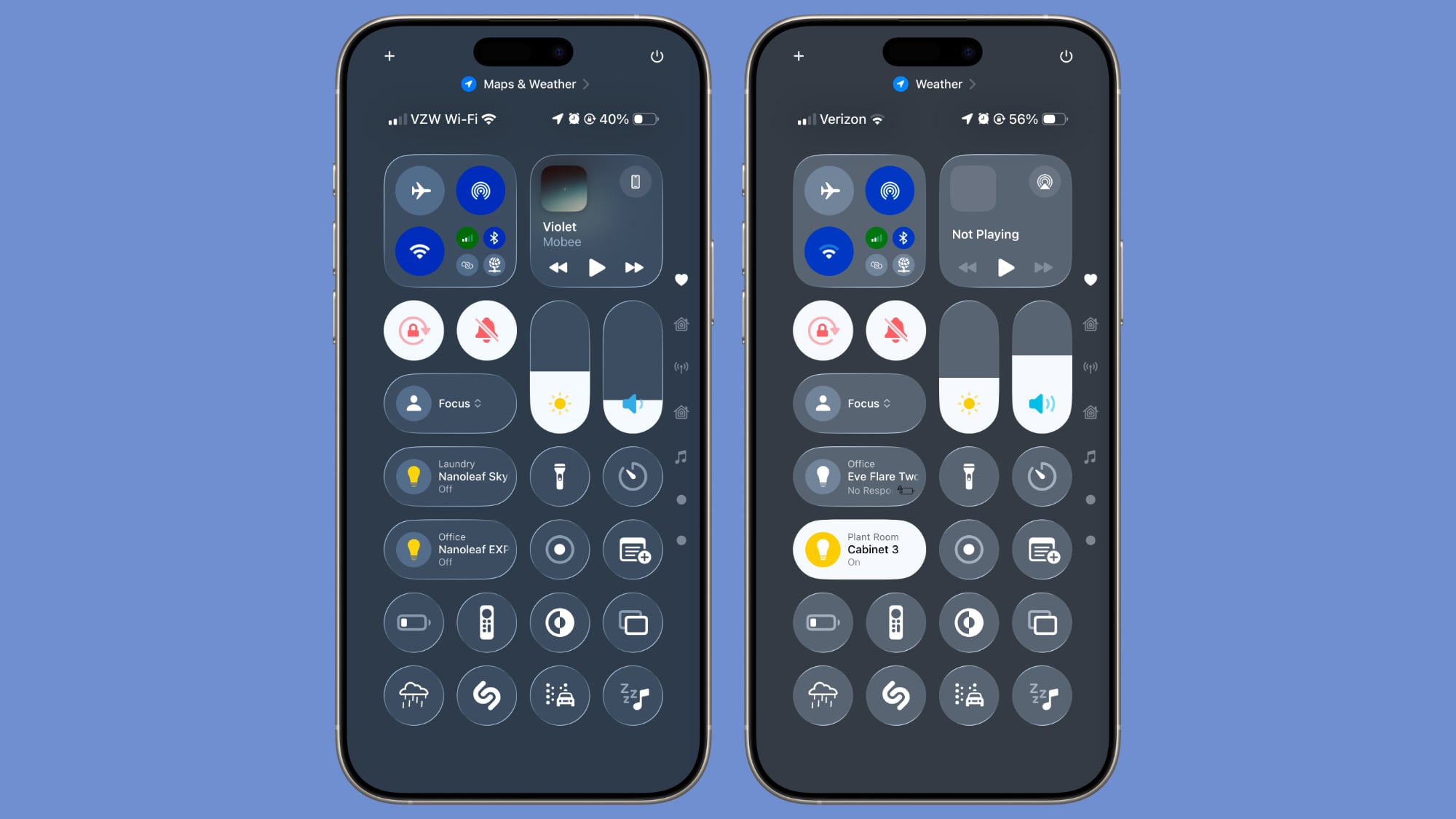 iOS 26 beta 1 on left, iOS 26 beta 2 on right
iOS 26 beta 1 on left, iOS 26 beta 2 on right Safari in beta 2 on left, Safari in beta 1 on right
Safari in beta 2 on left, Safari in beta 1 on right



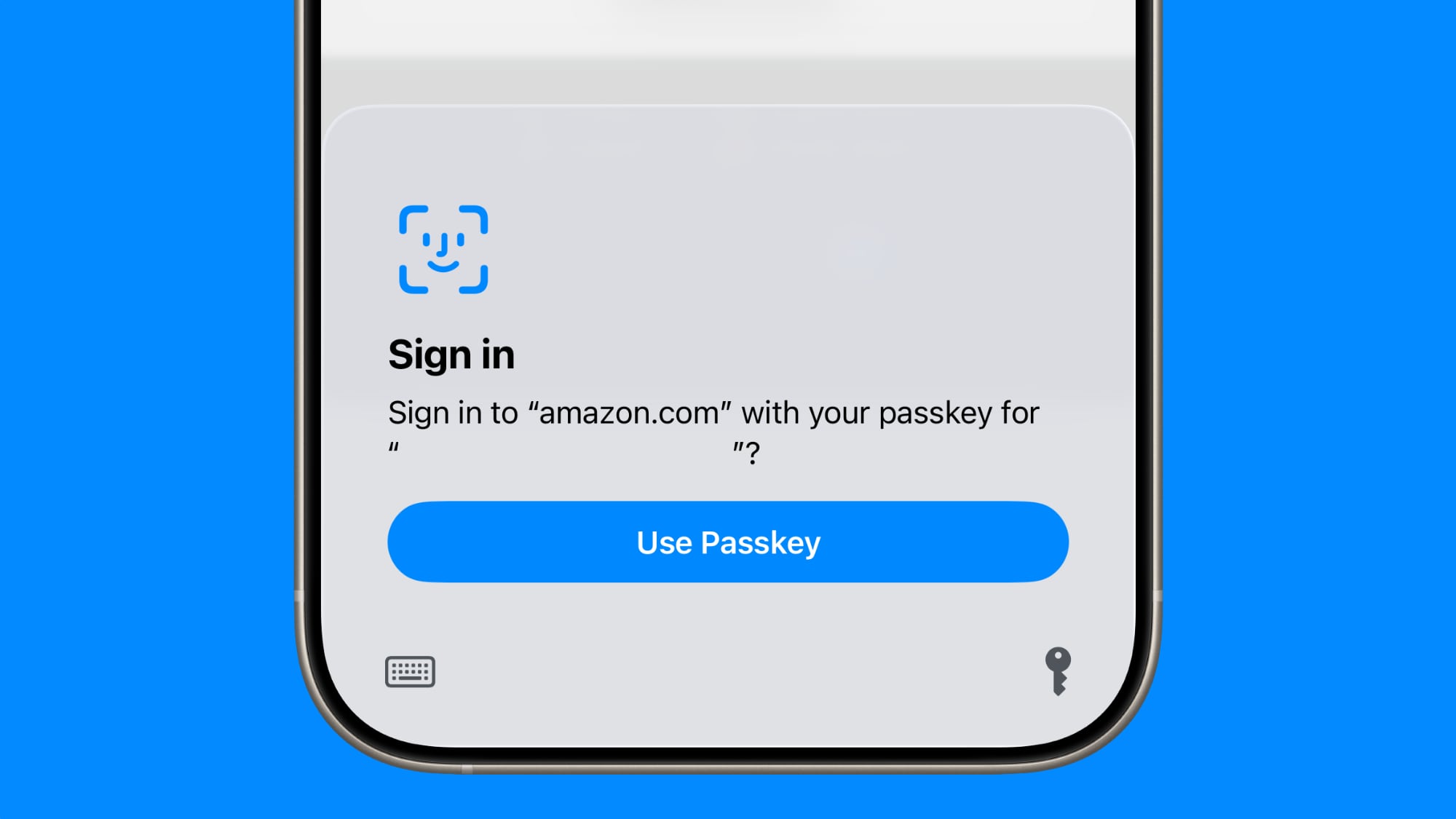
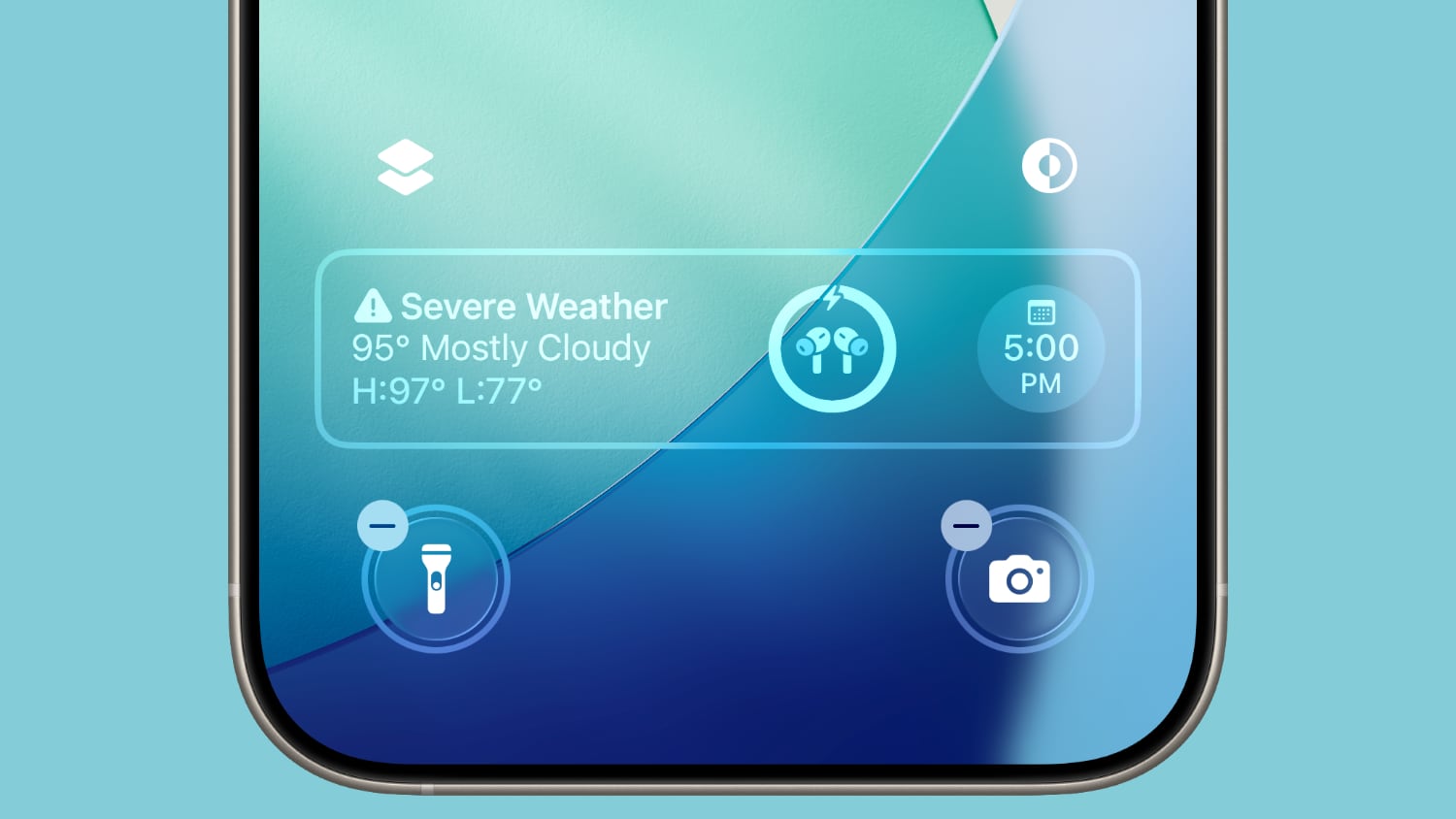
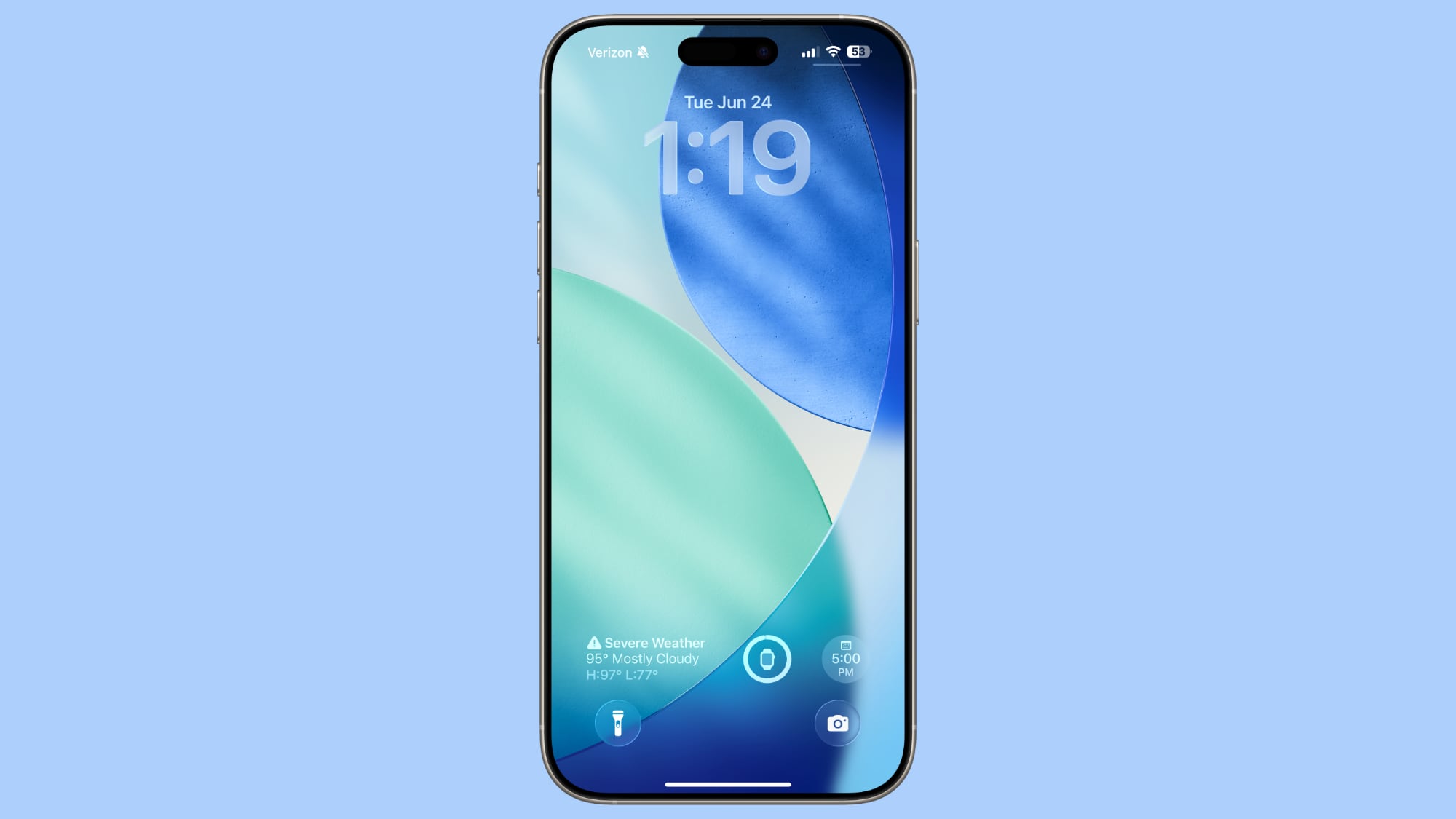
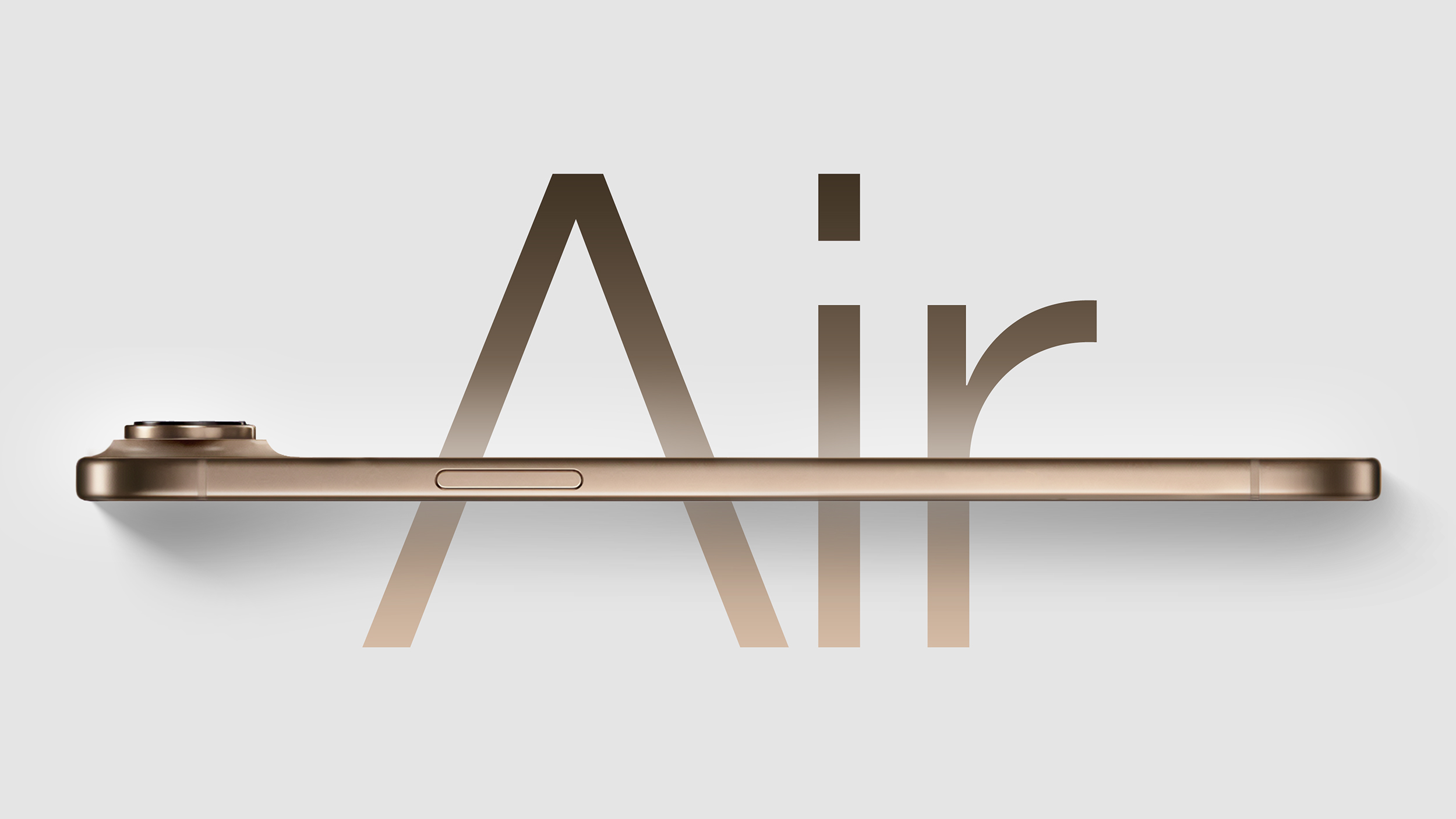

 macOS Tahoe Finder icon in beta 2
macOS Tahoe Finder icon in beta 2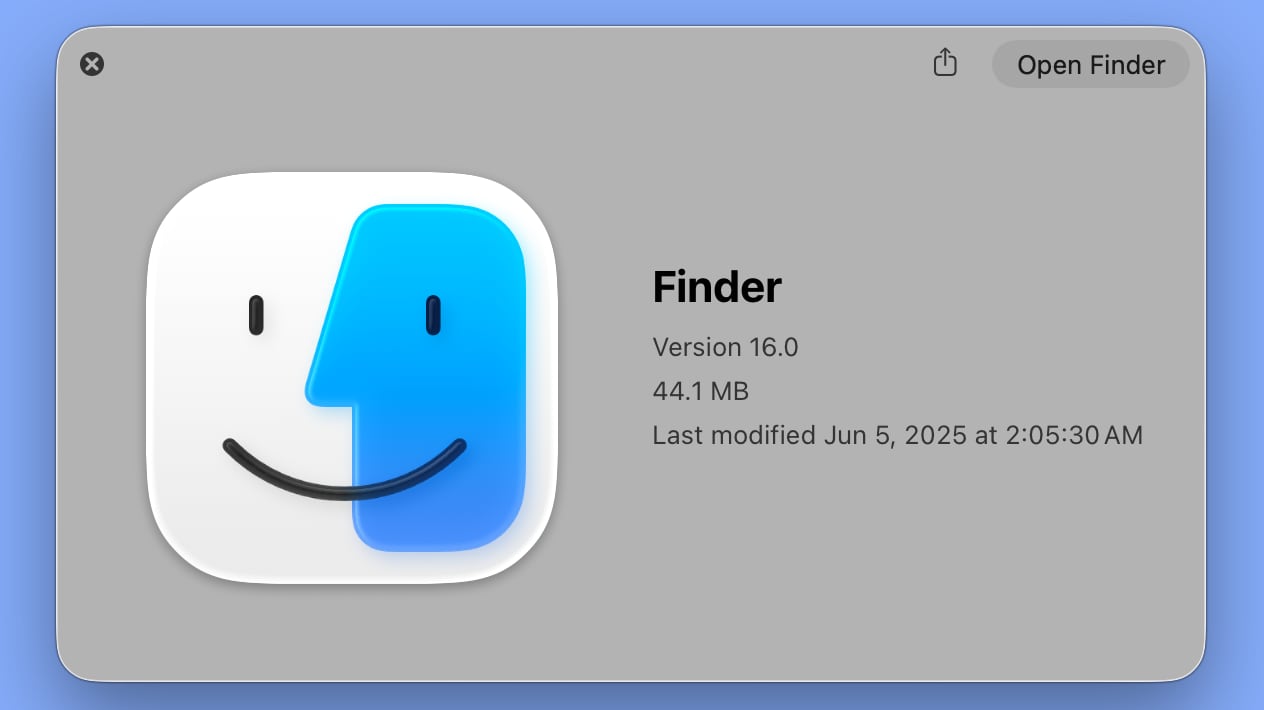 macOS Tahoe Finder icon in beta 1
macOS Tahoe Finder icon in beta 1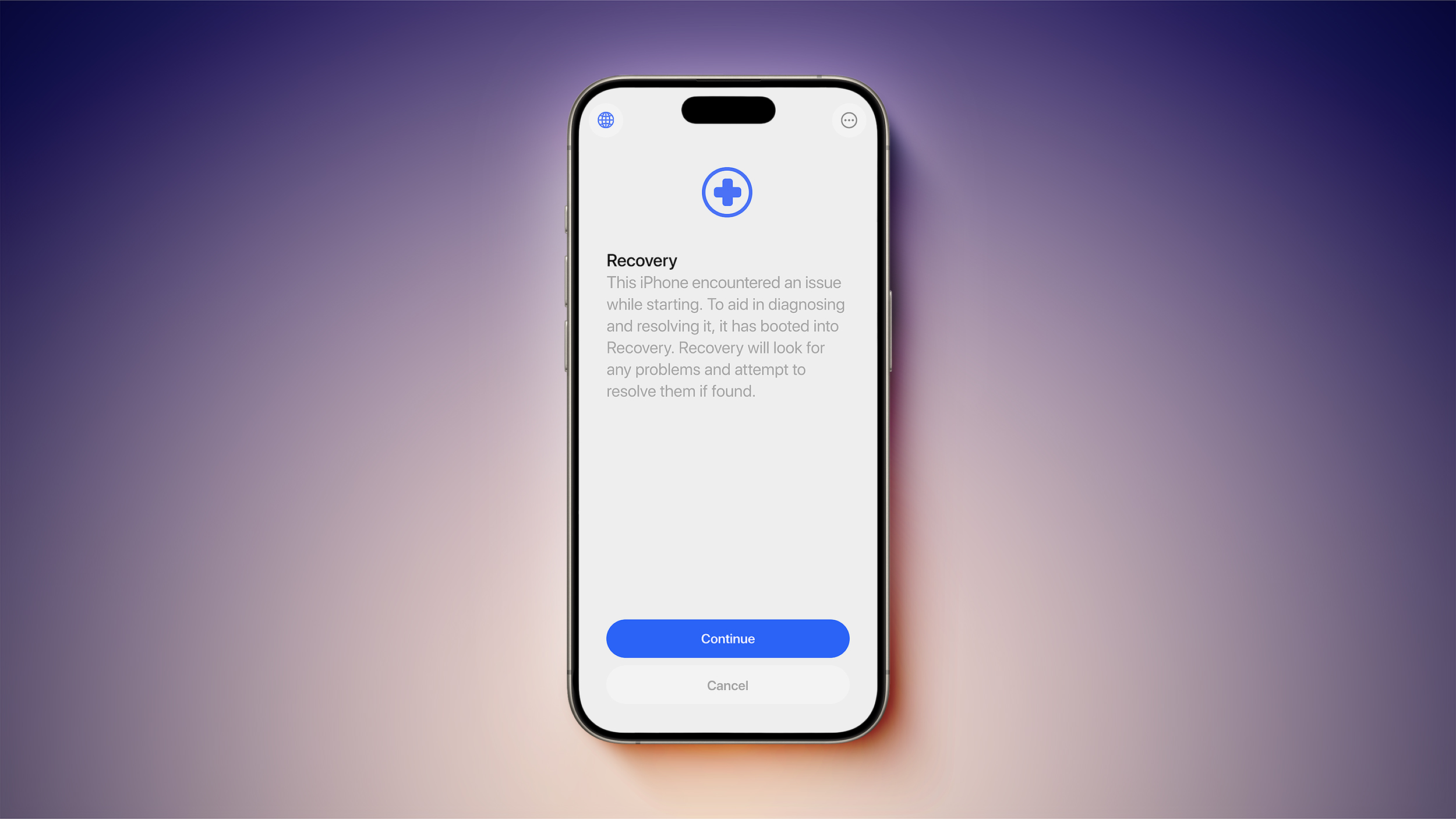


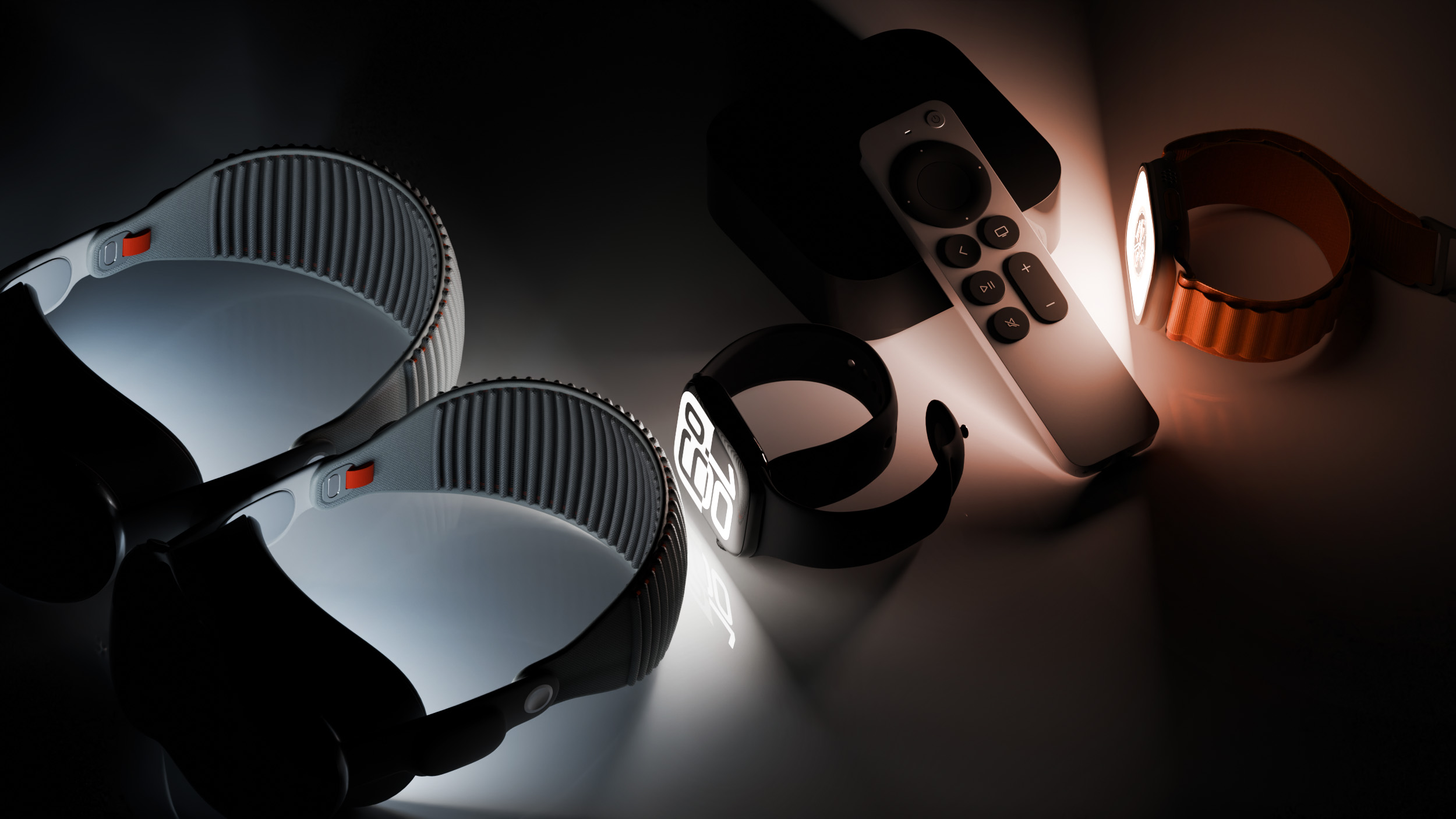

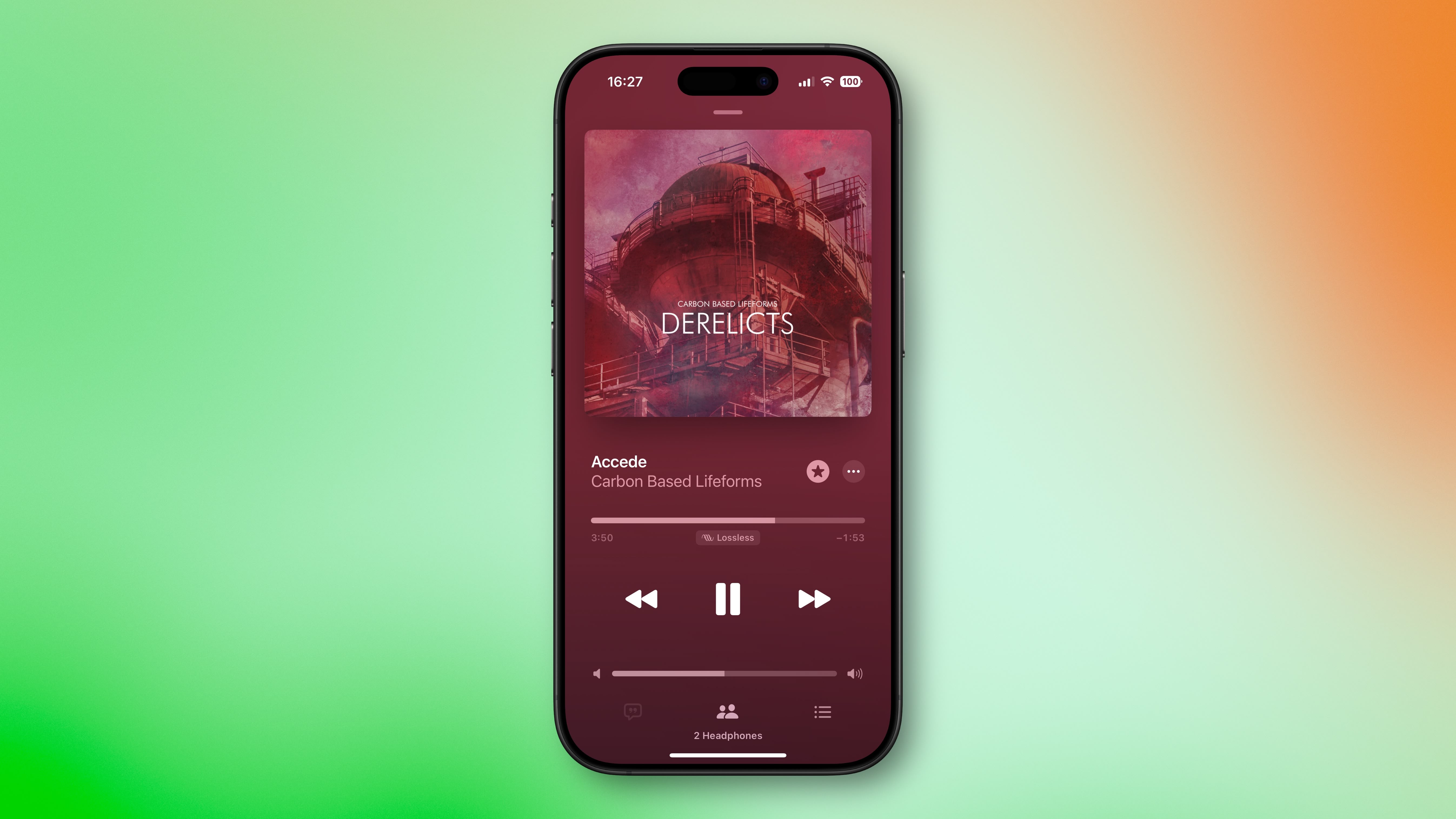
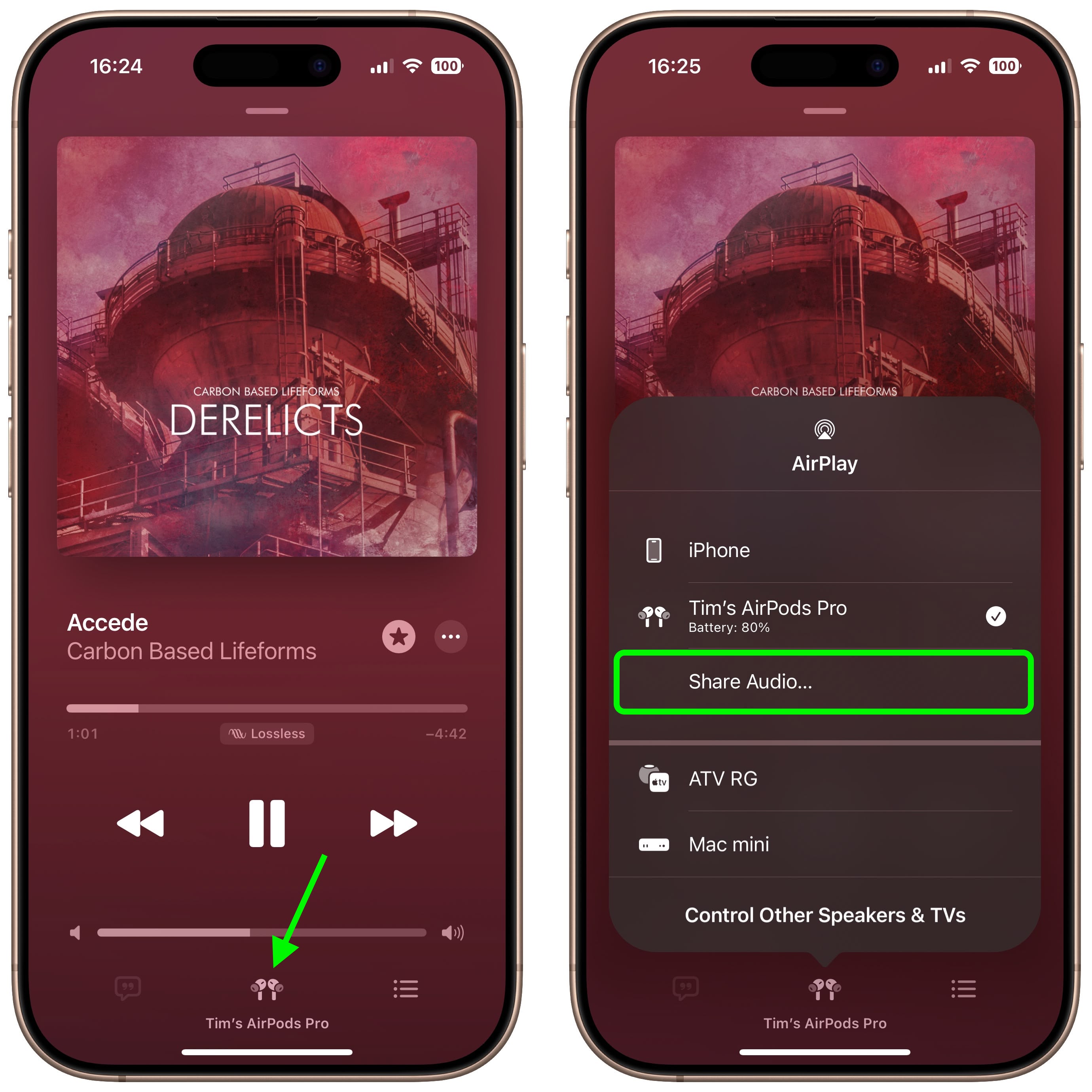
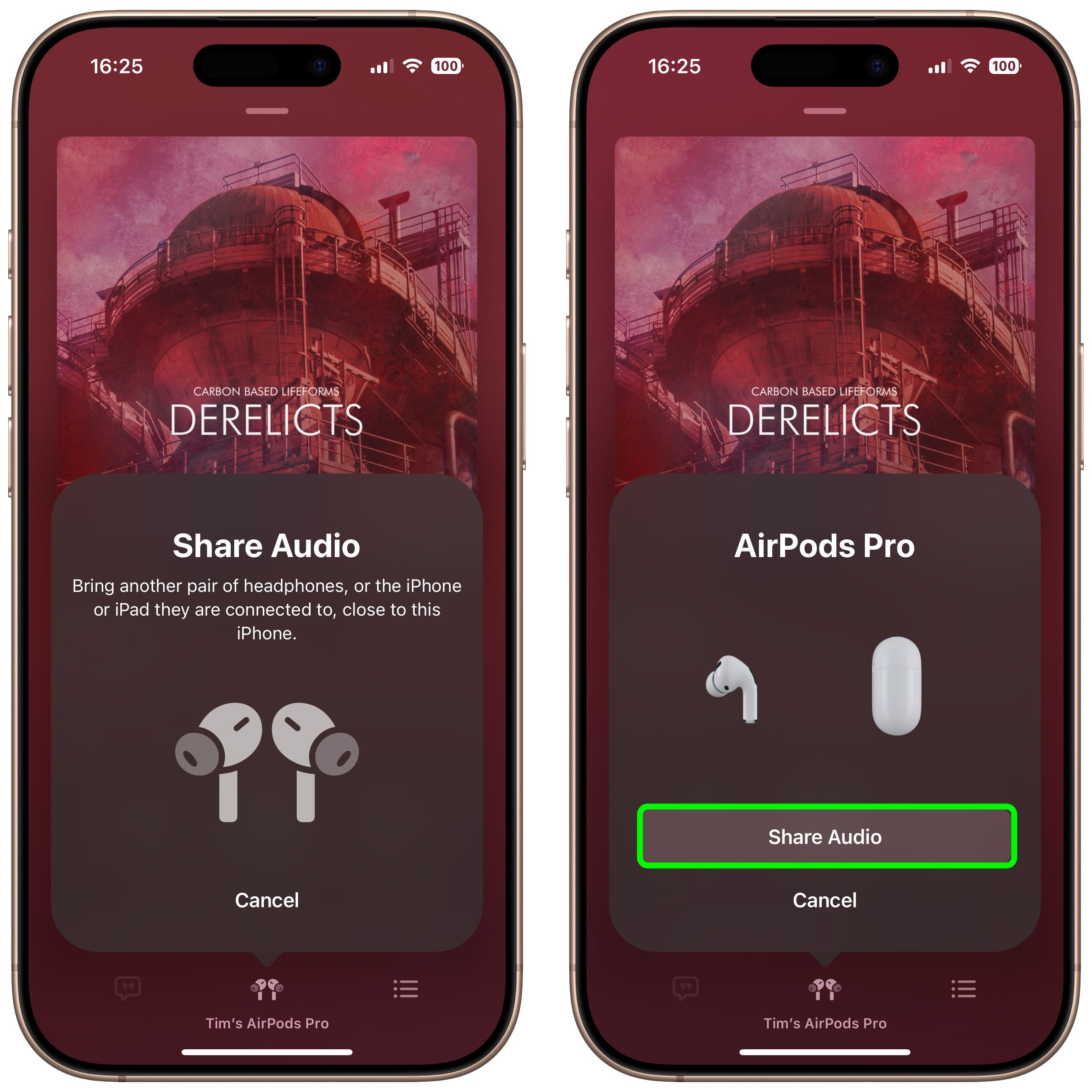
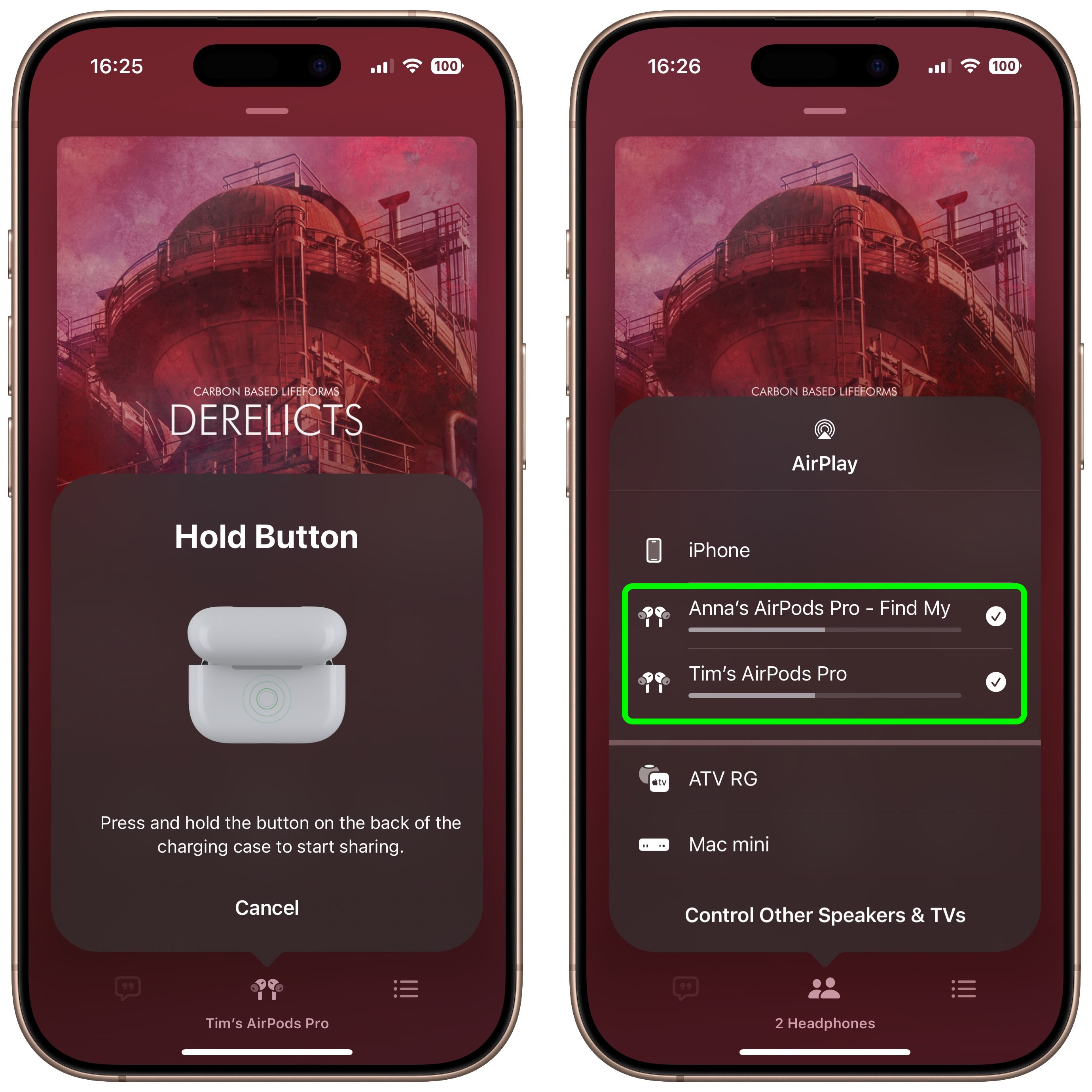

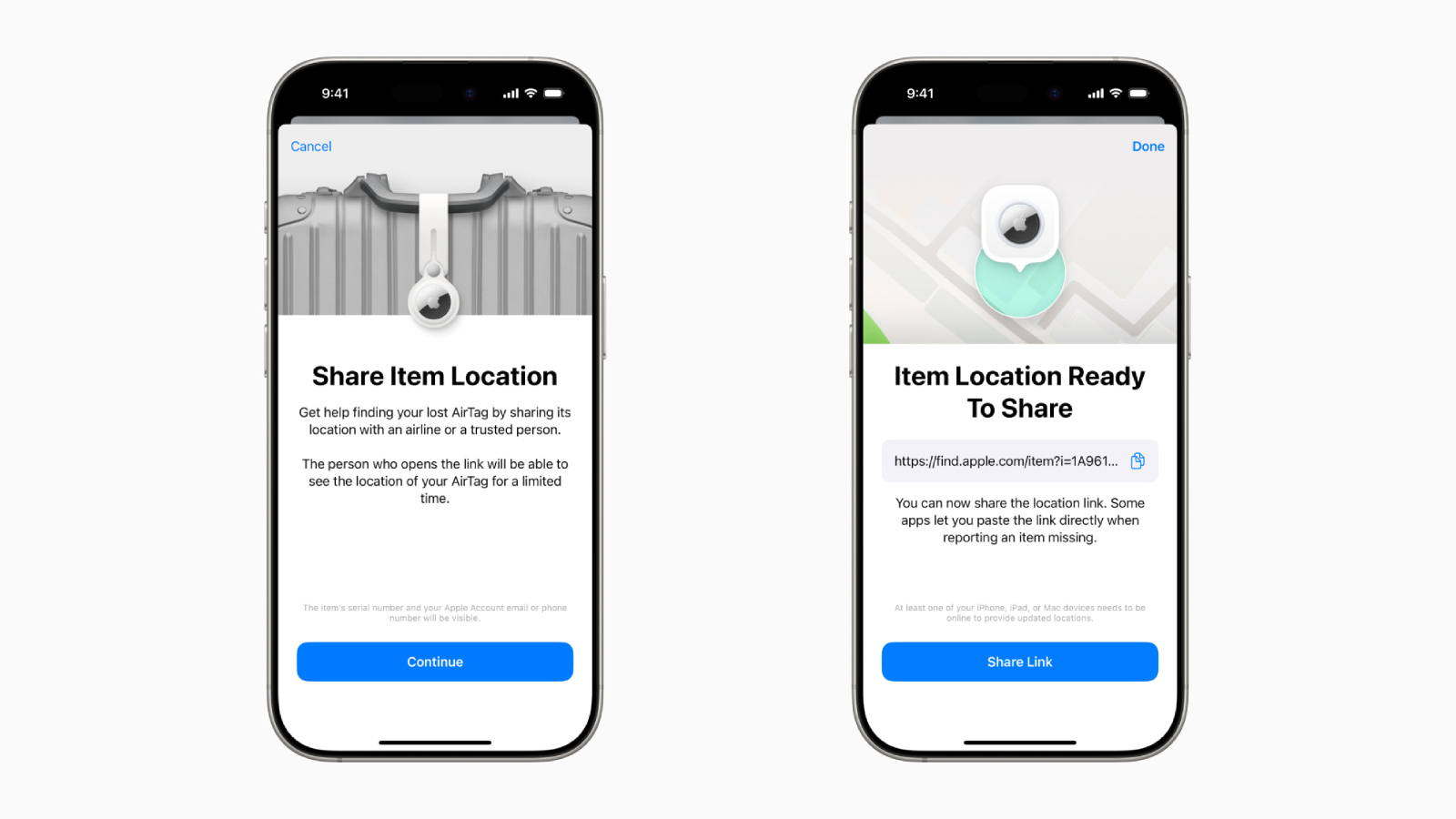

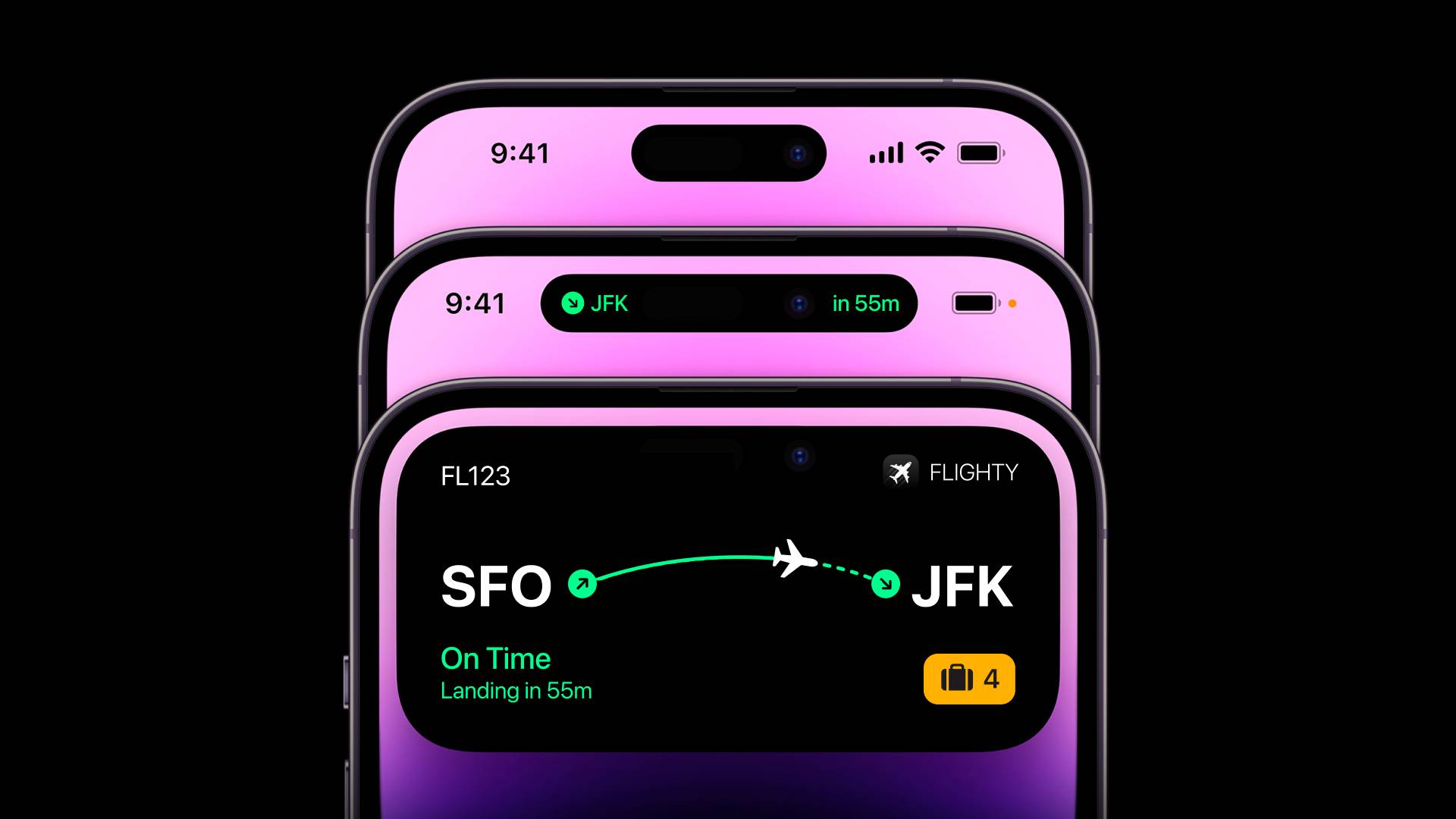

 Note: MacRumors is an affiliate partner with Amazon. When you click a link and make a purchase, we may receive a small payment, which helps us keep the site running.
Note: MacRumors is an affiliate partner with Amazon. When you click a link and make a purchase, we may receive a small payment, which helps us keep the site running.
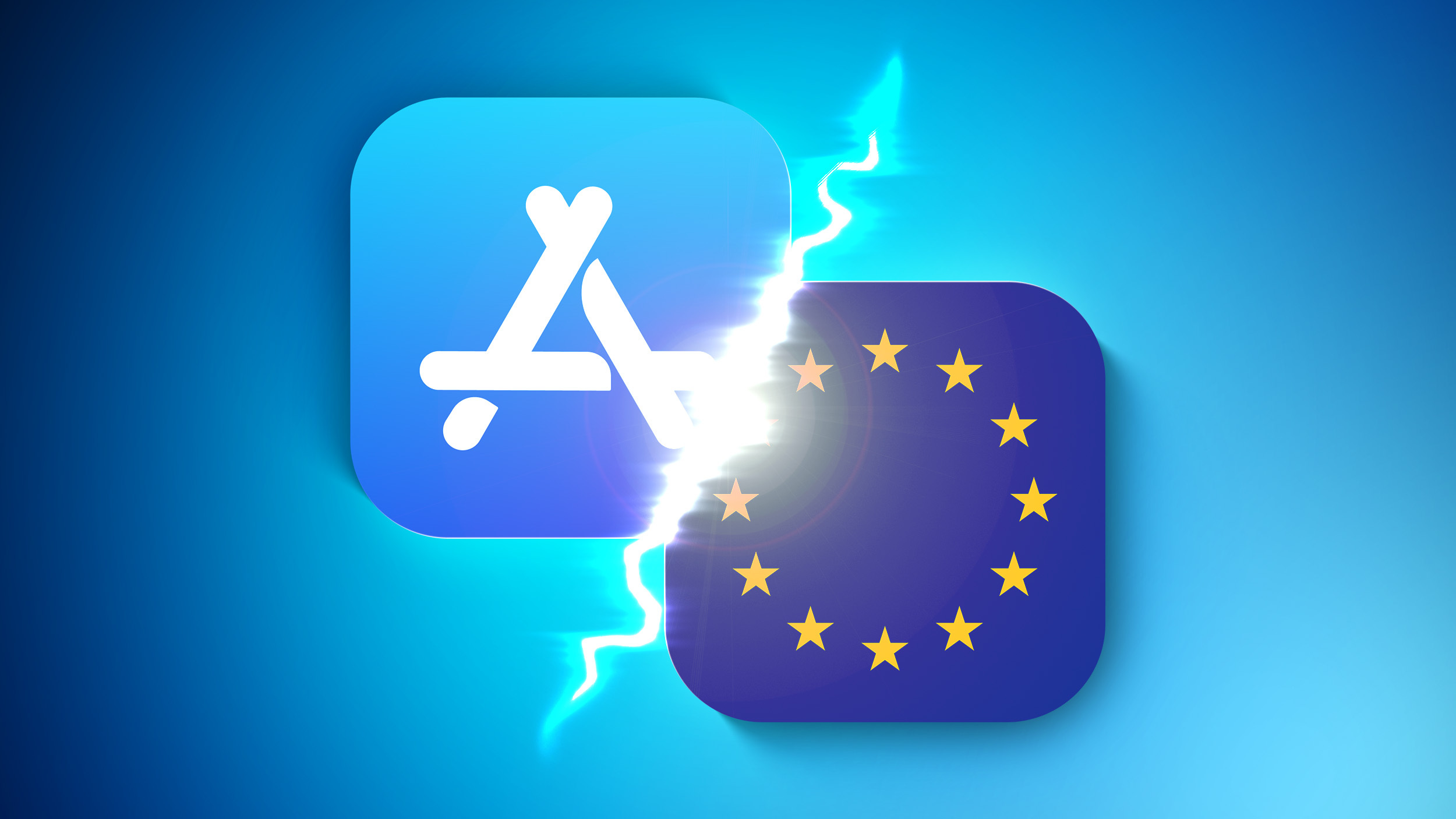
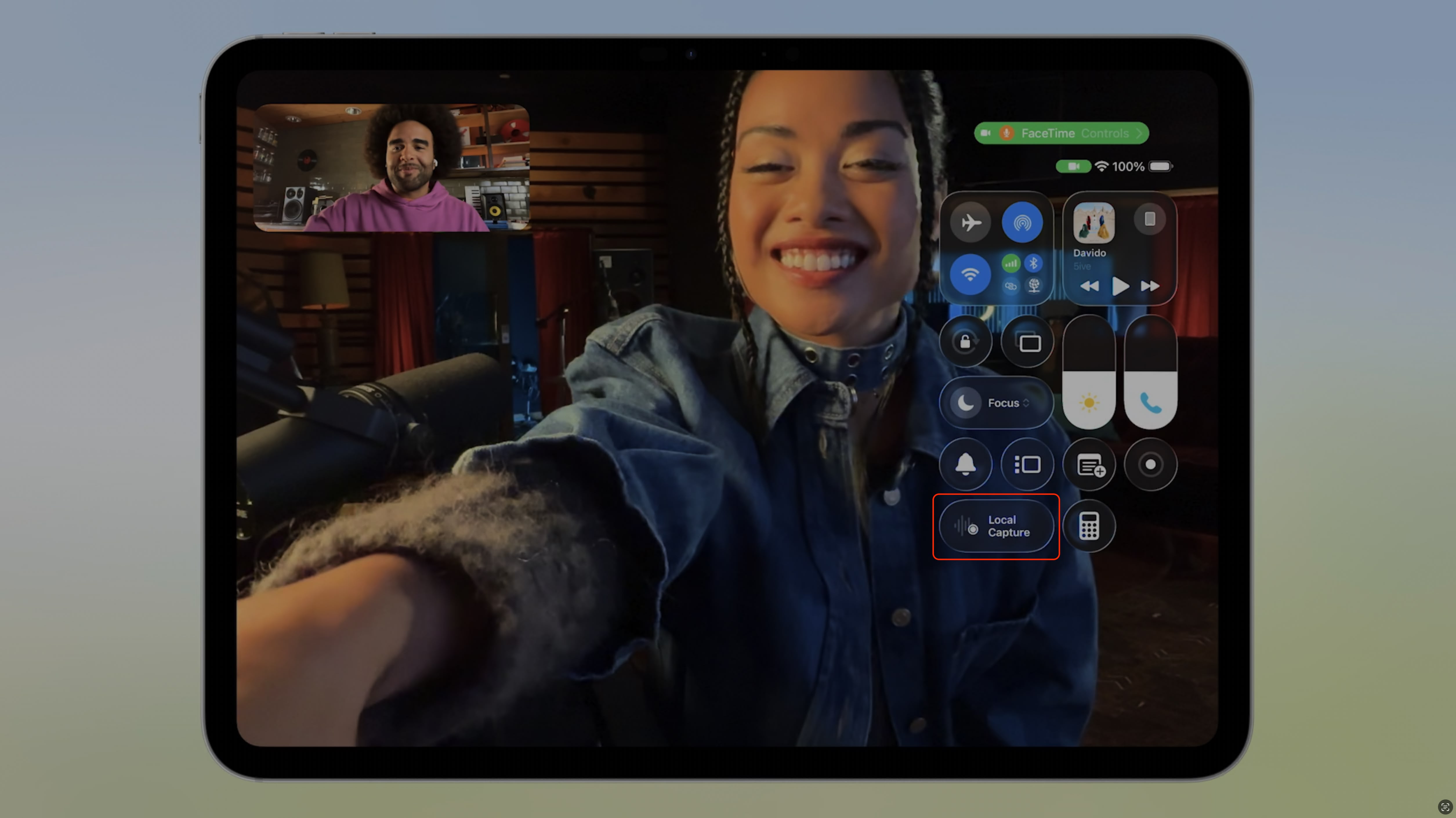
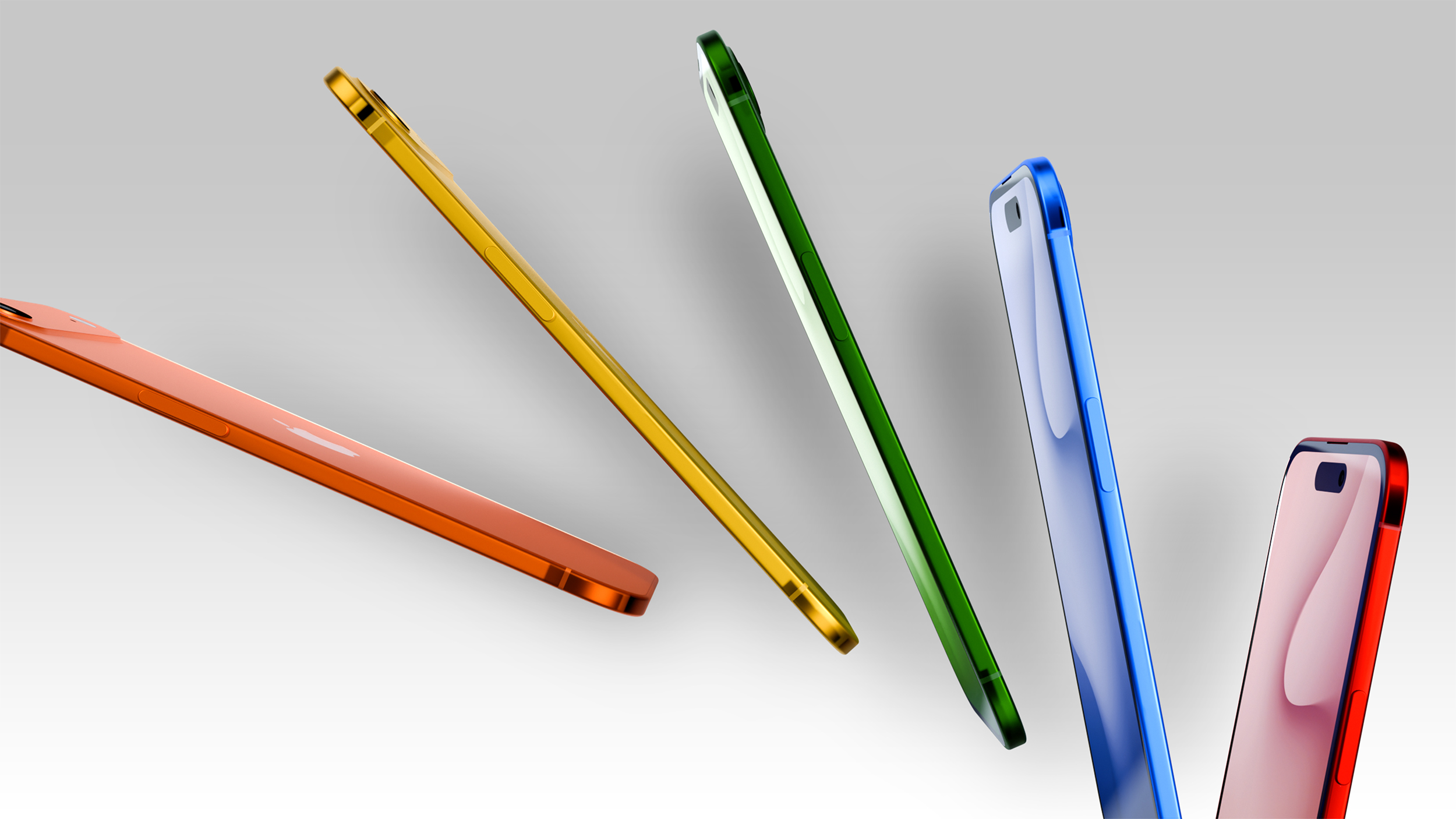
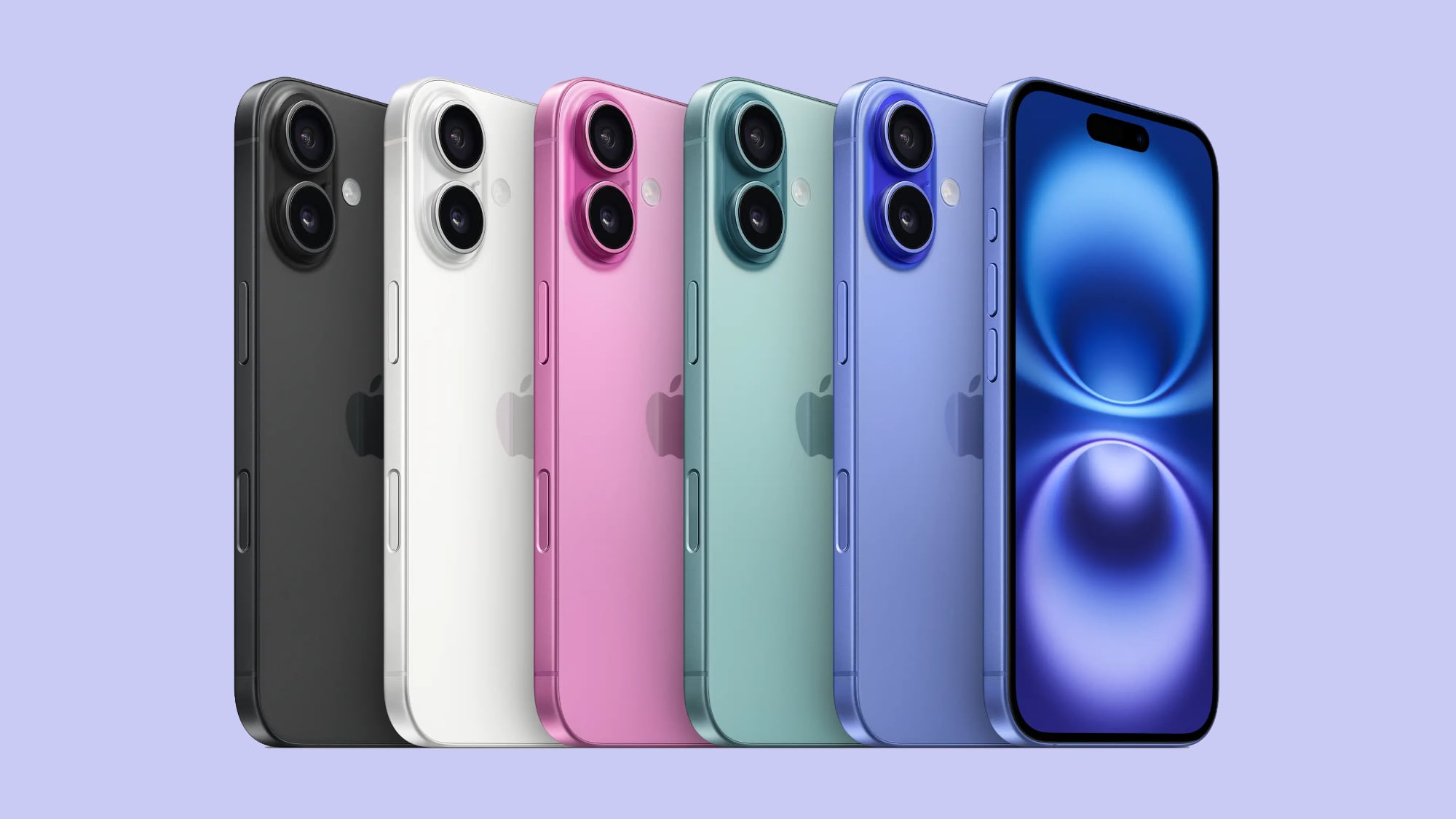
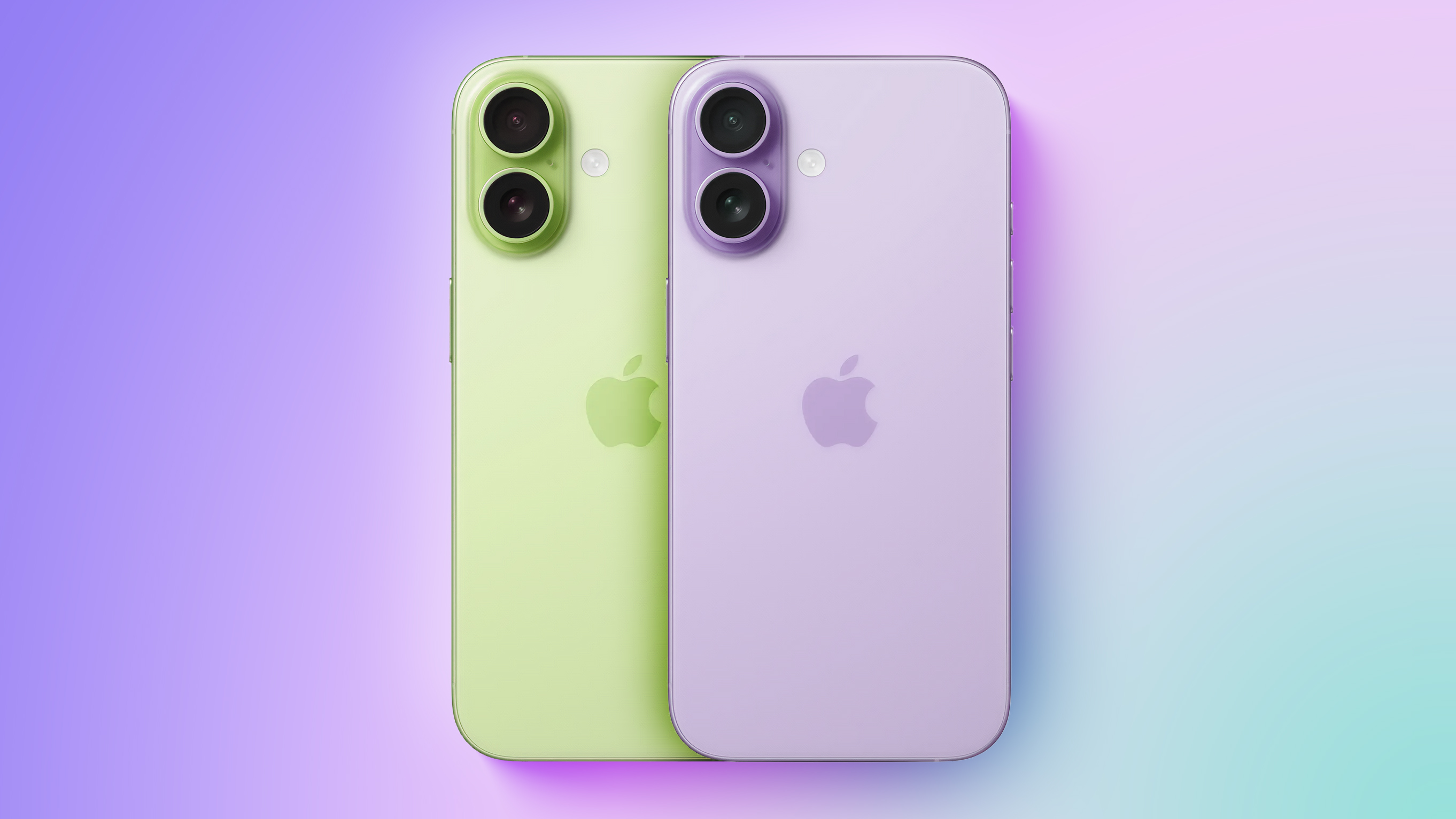
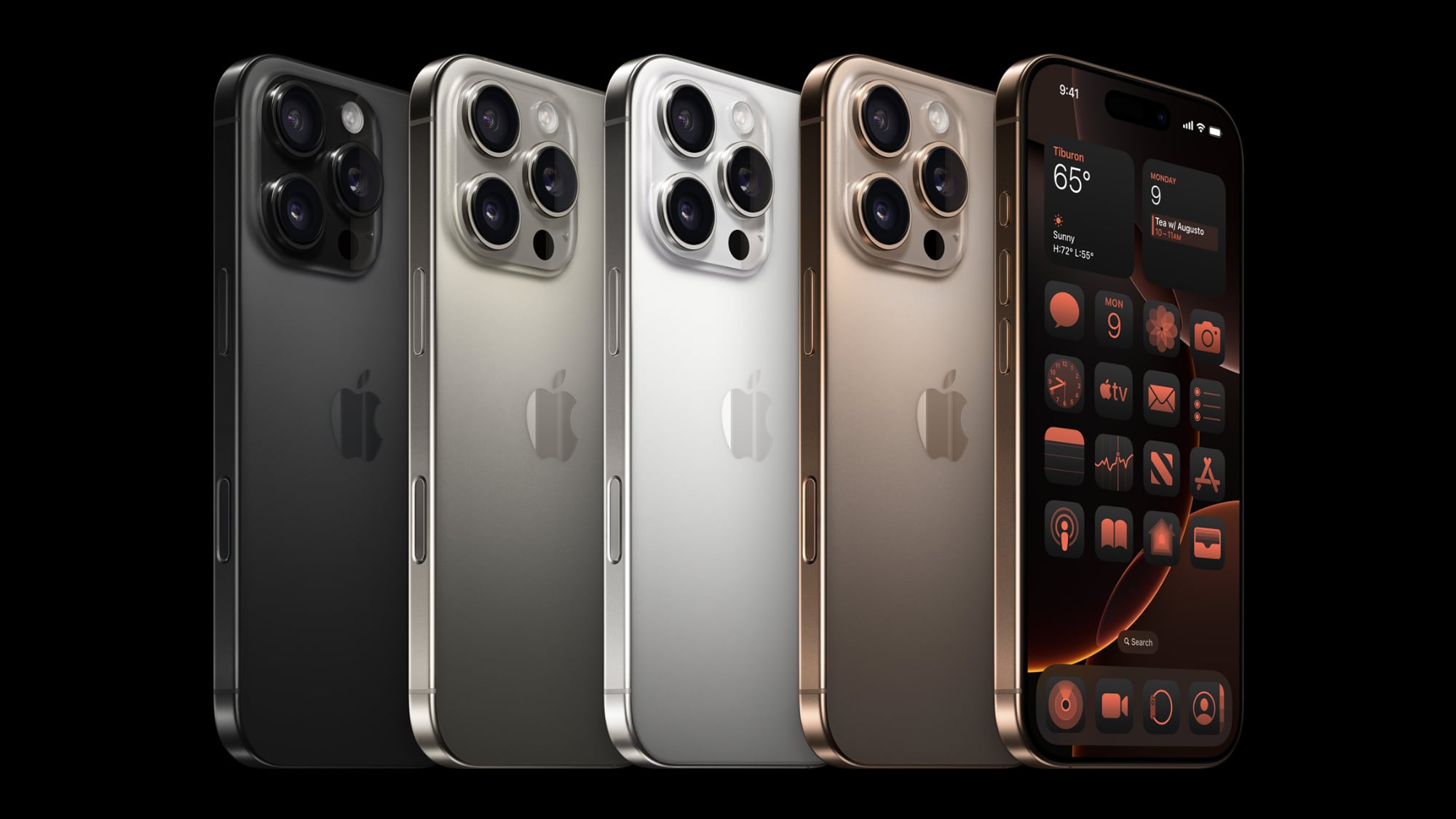

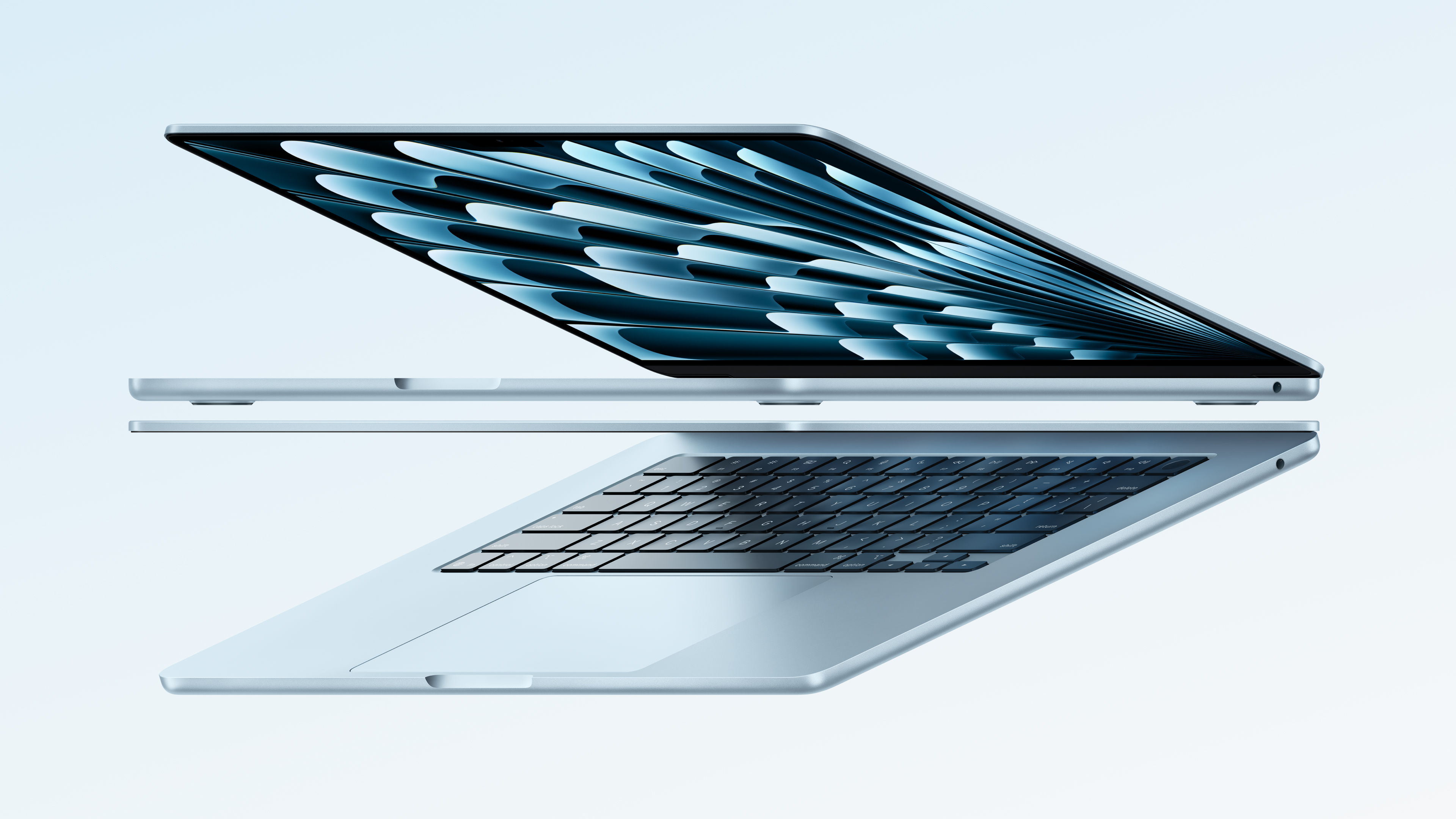

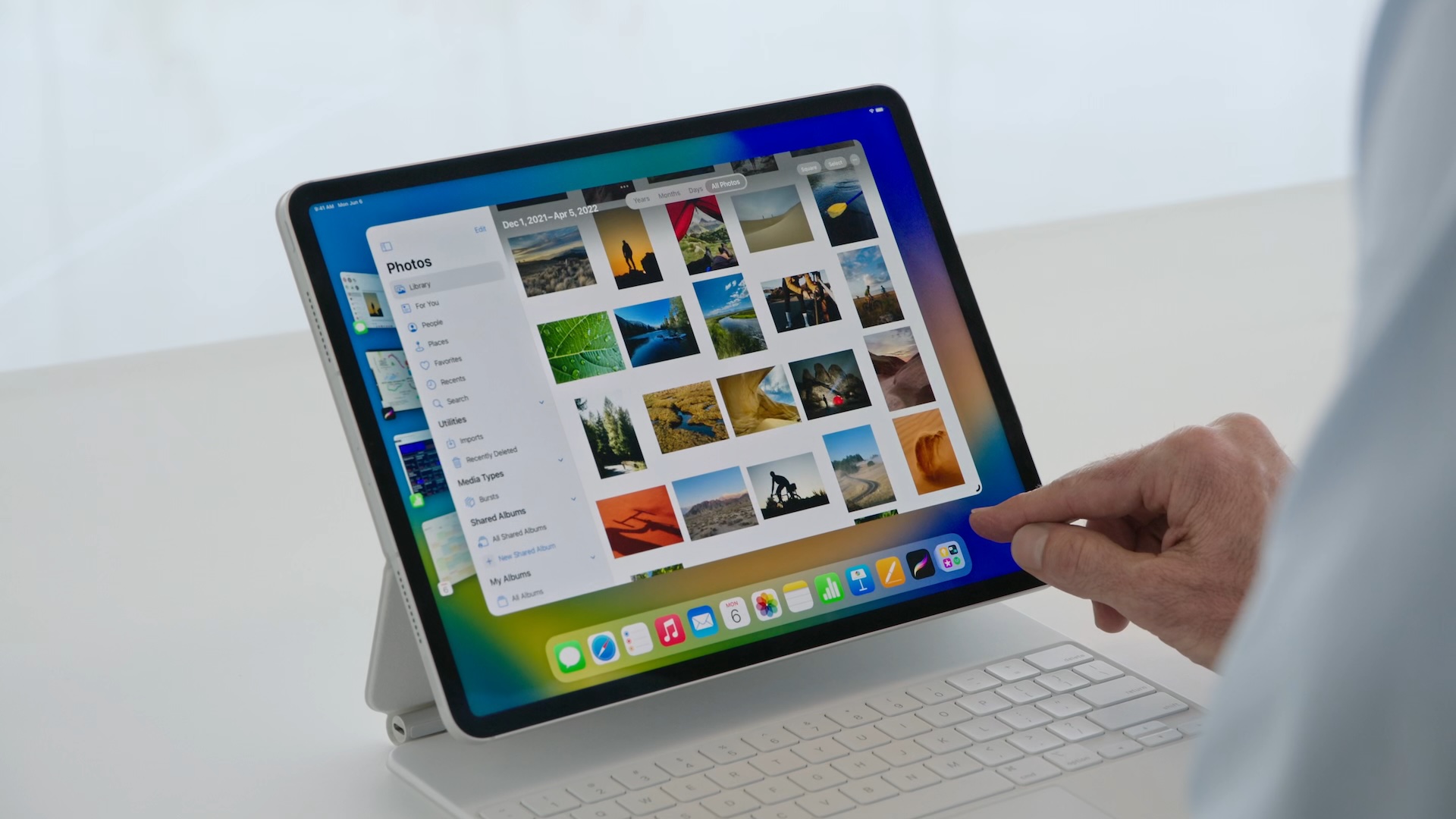 Stage Manager on iPadOS 16 from the WWDC 2022 keynote
Stage Manager on iPadOS 16 from the WWDC 2022 keynote